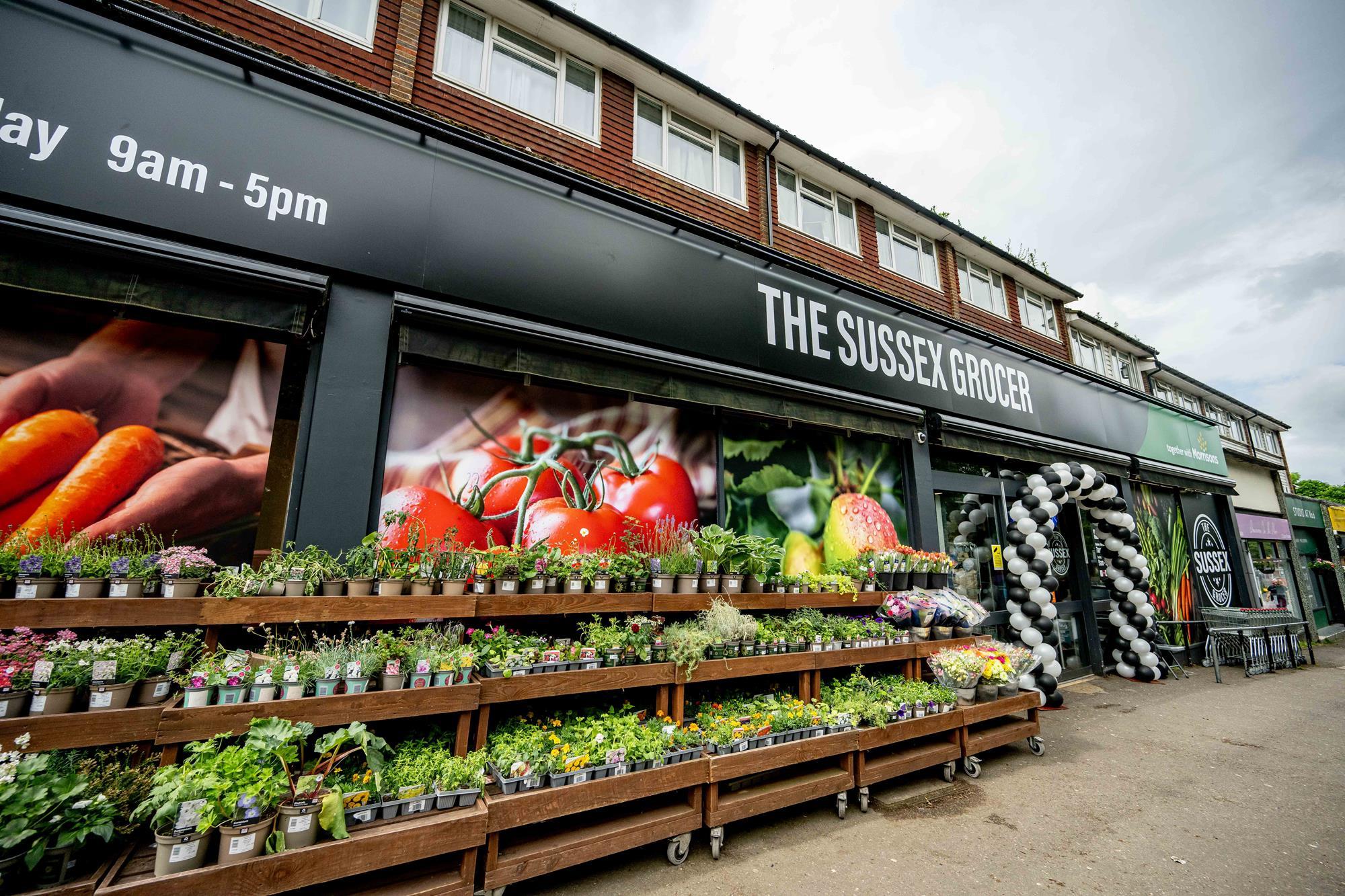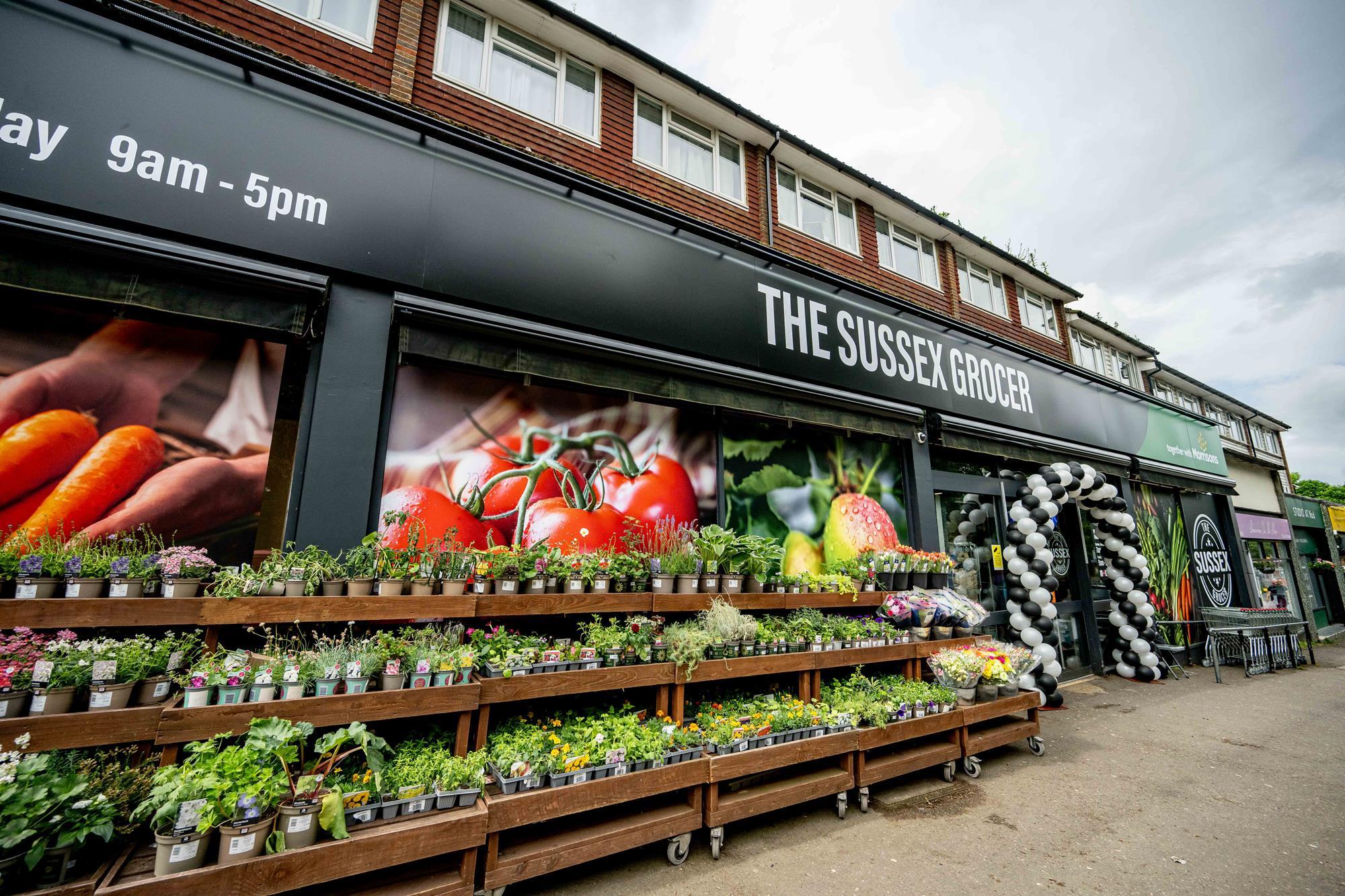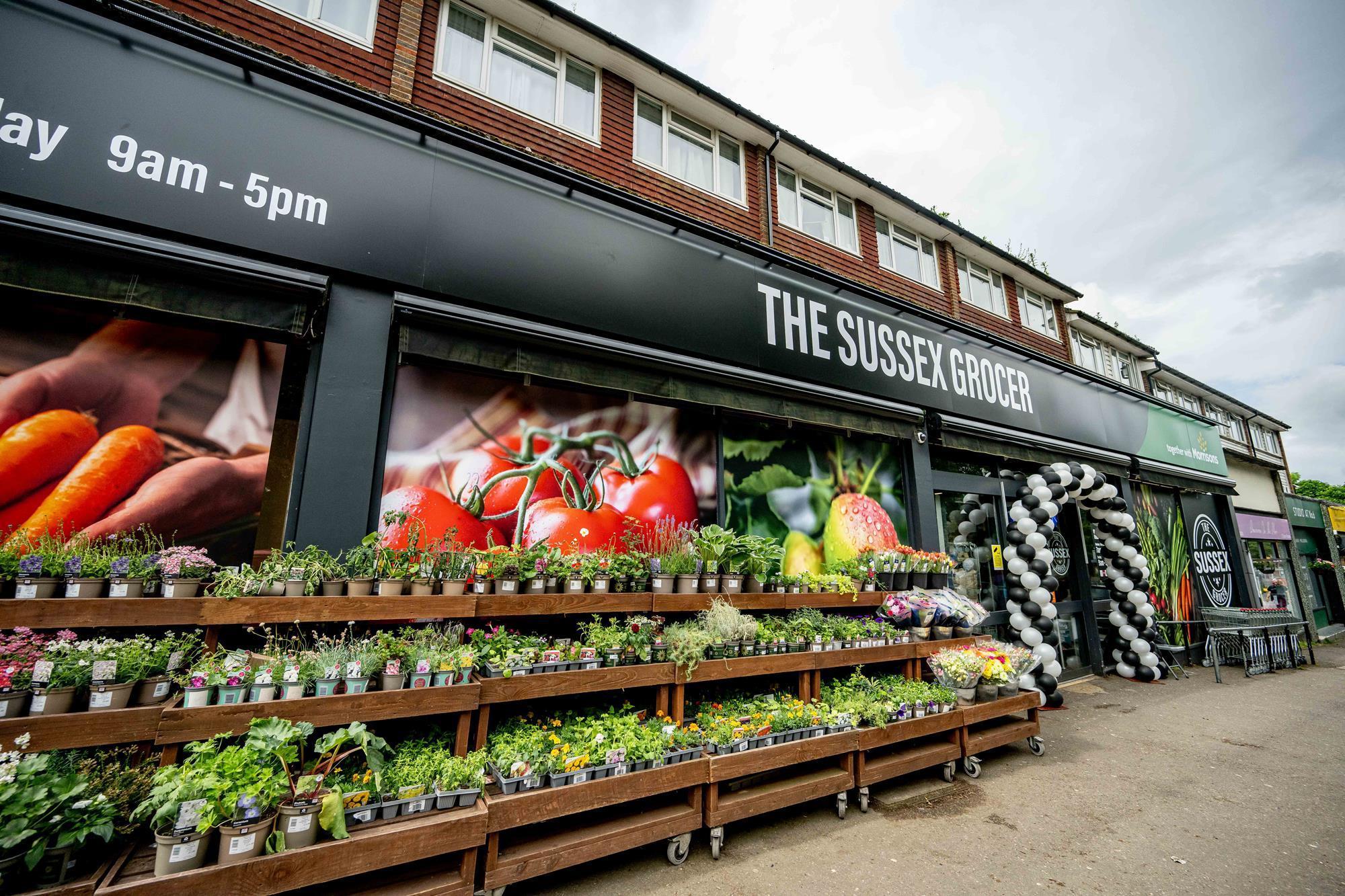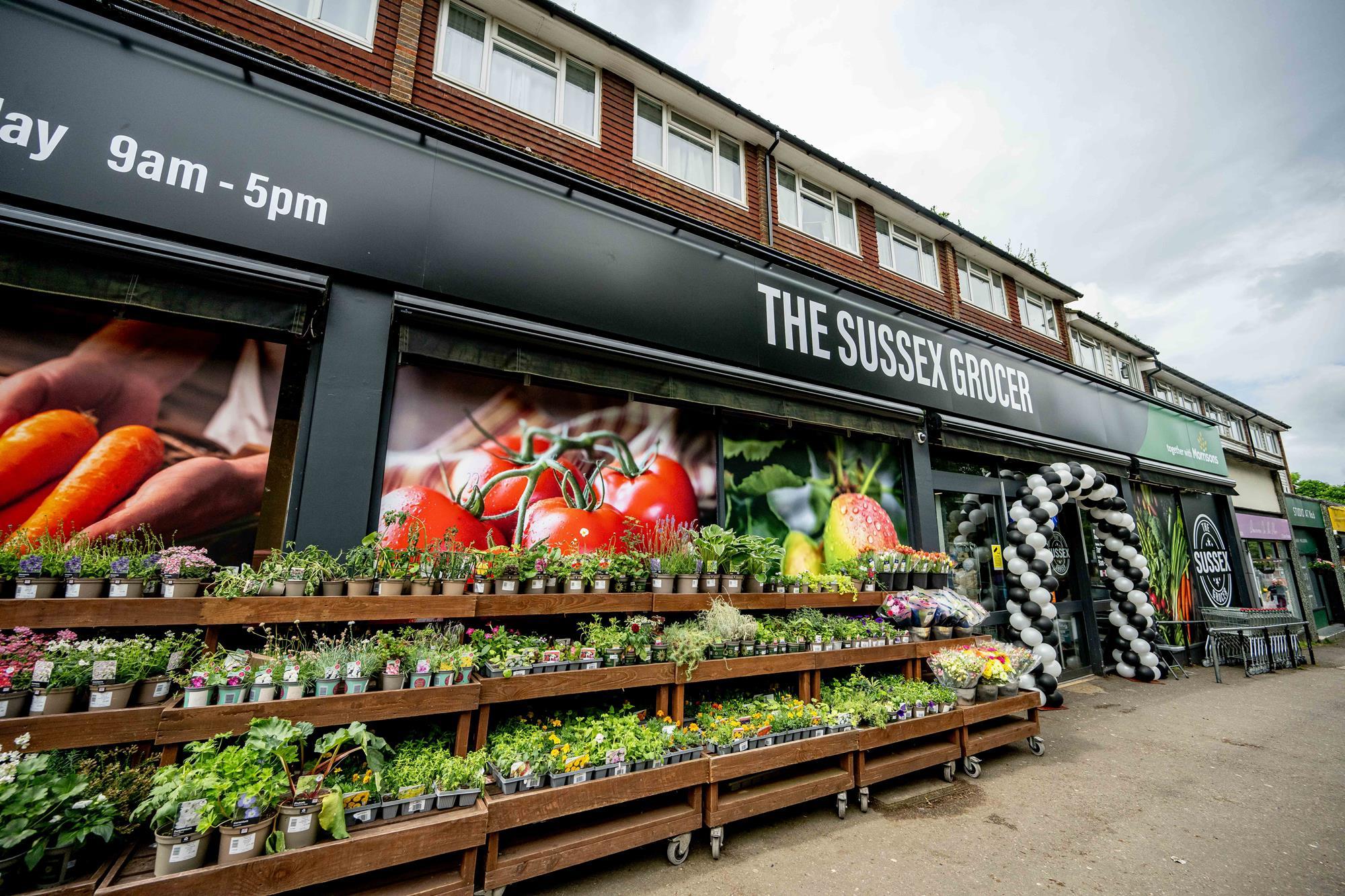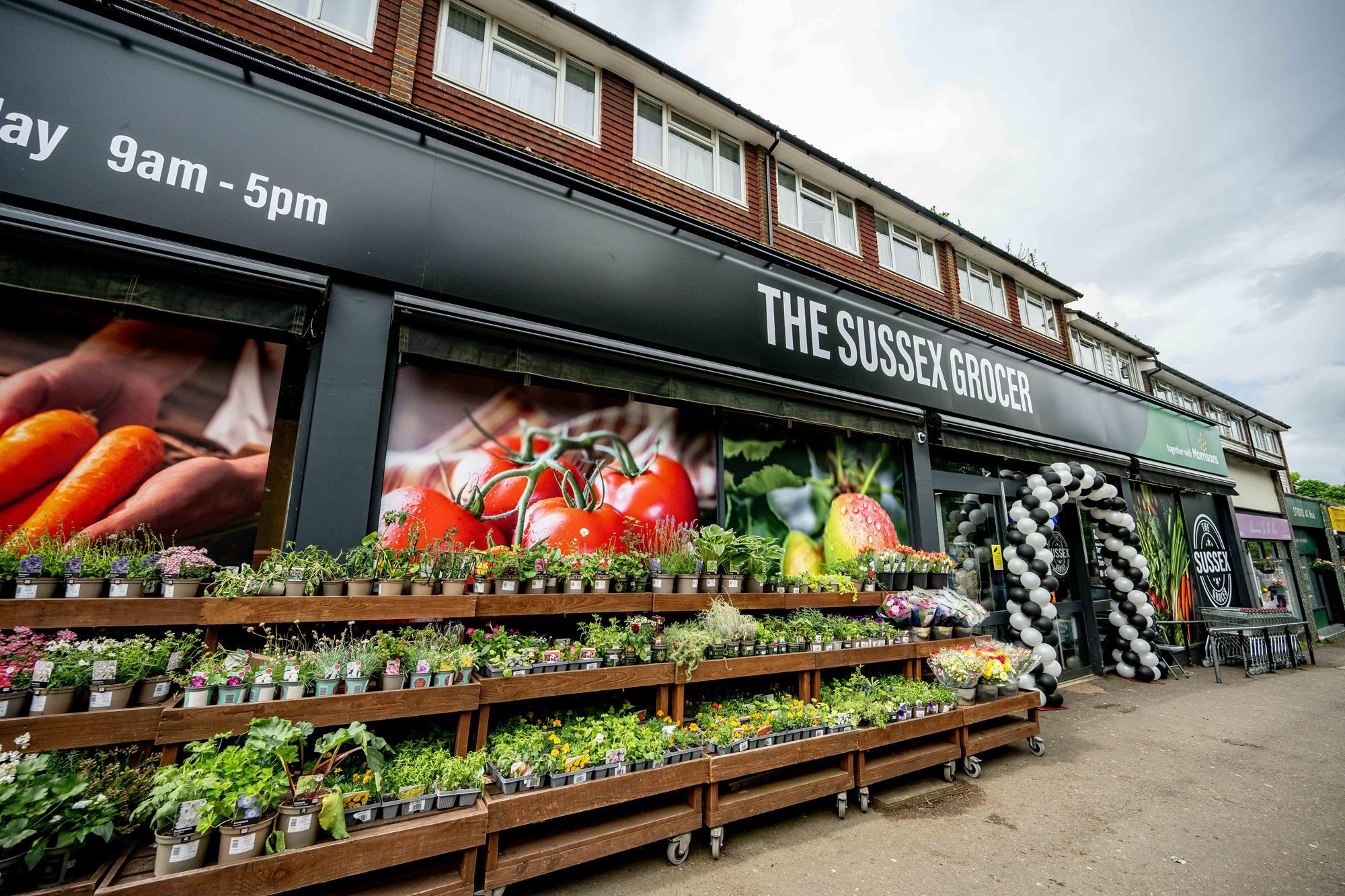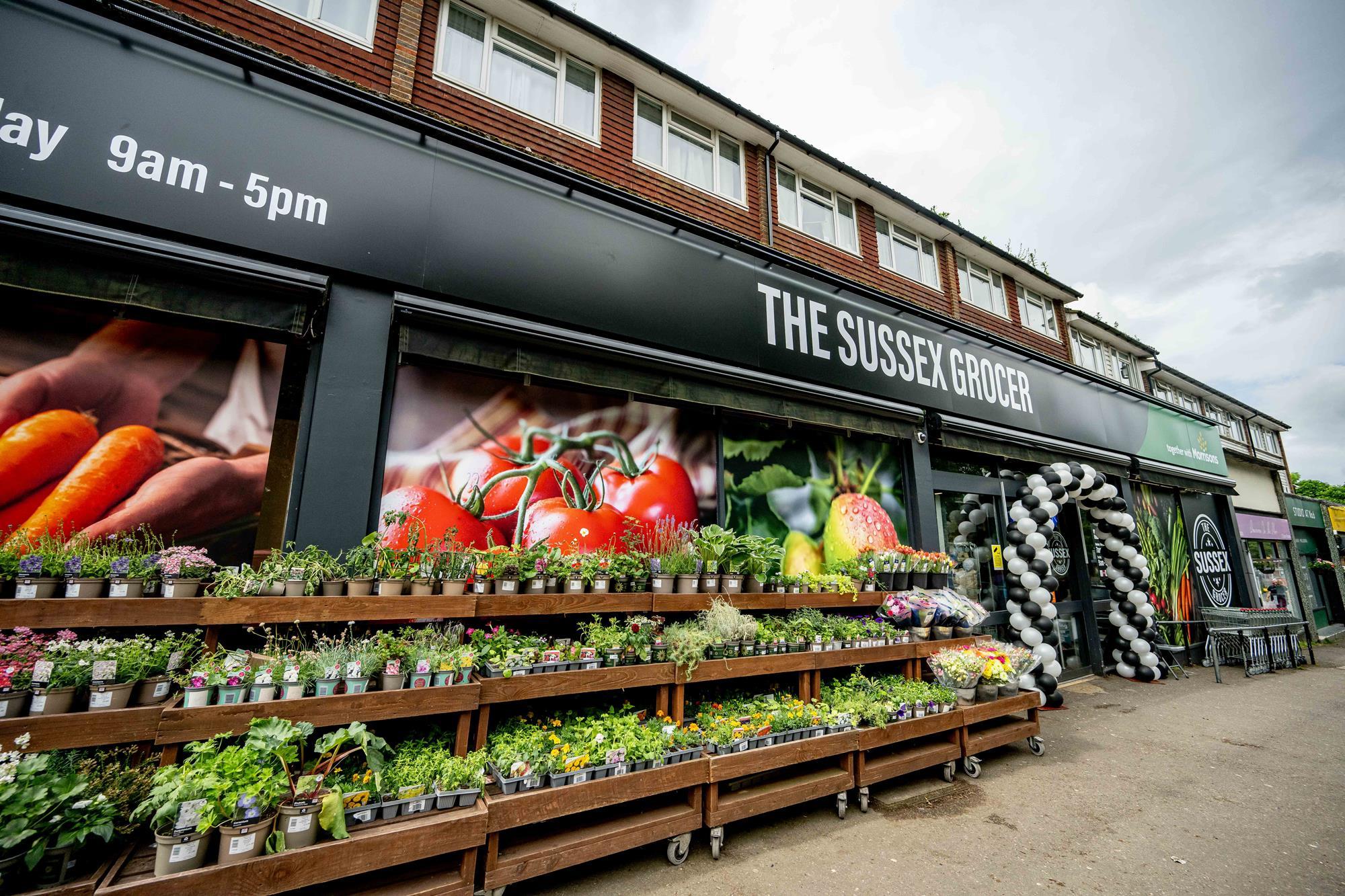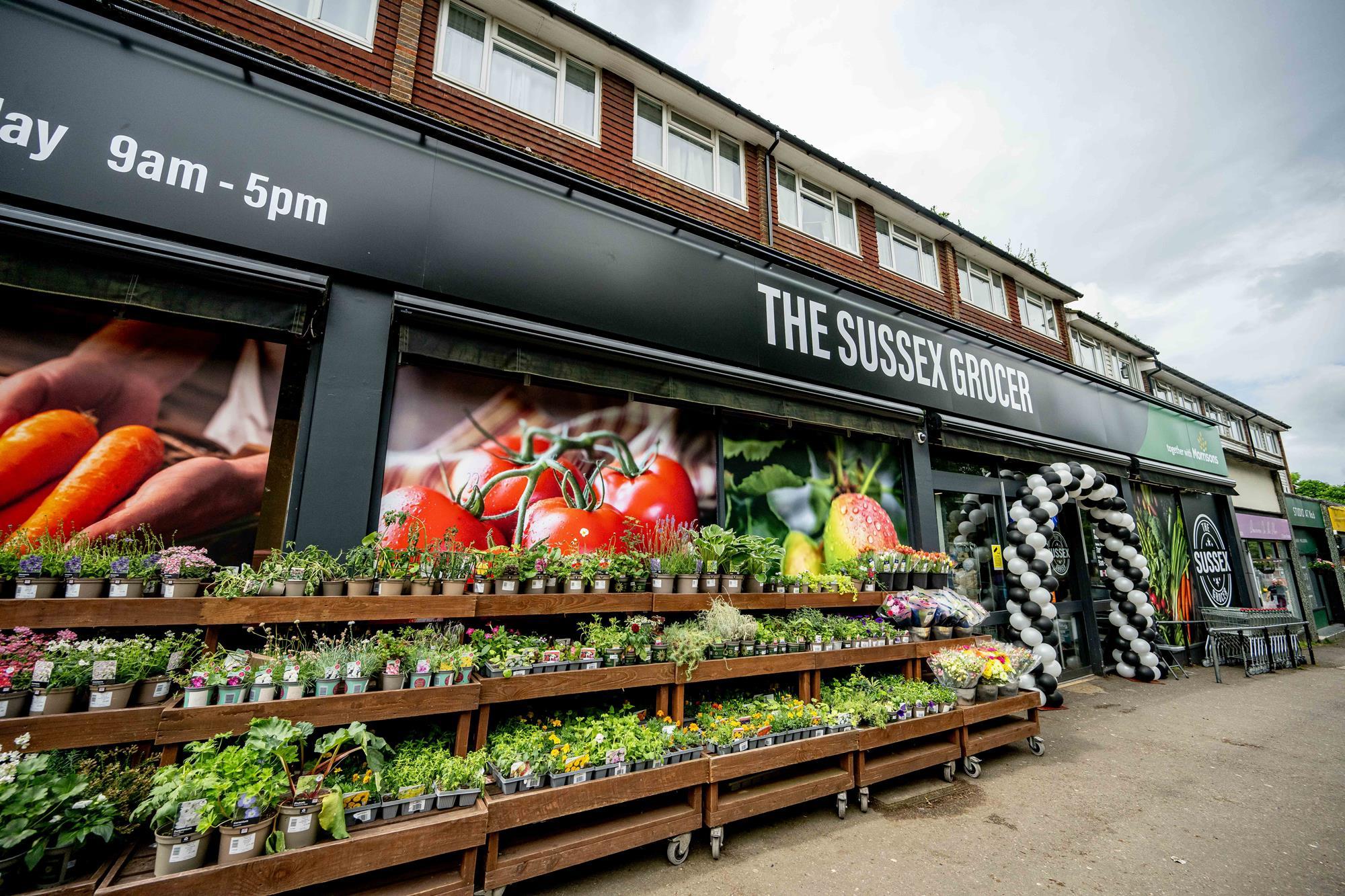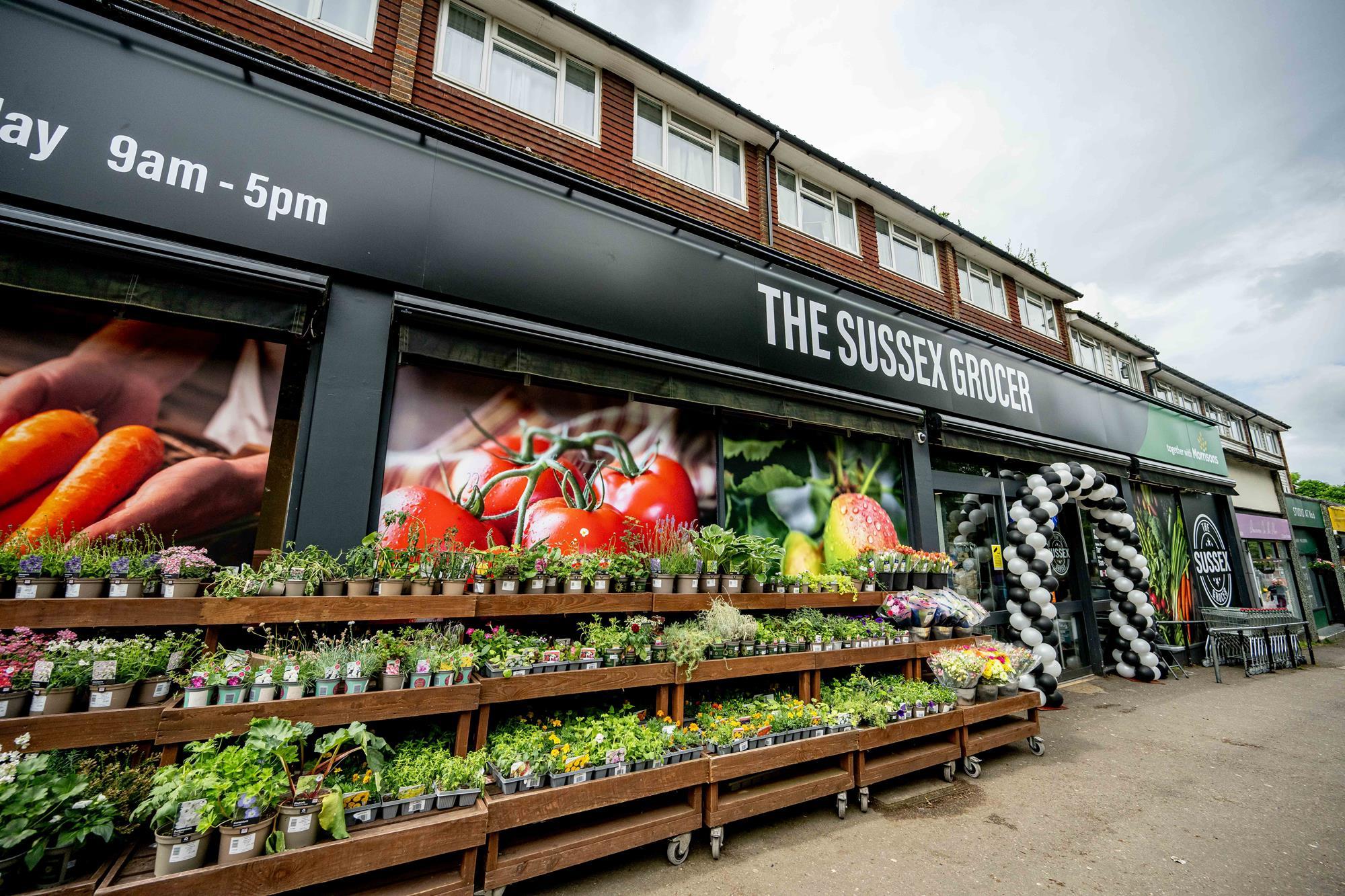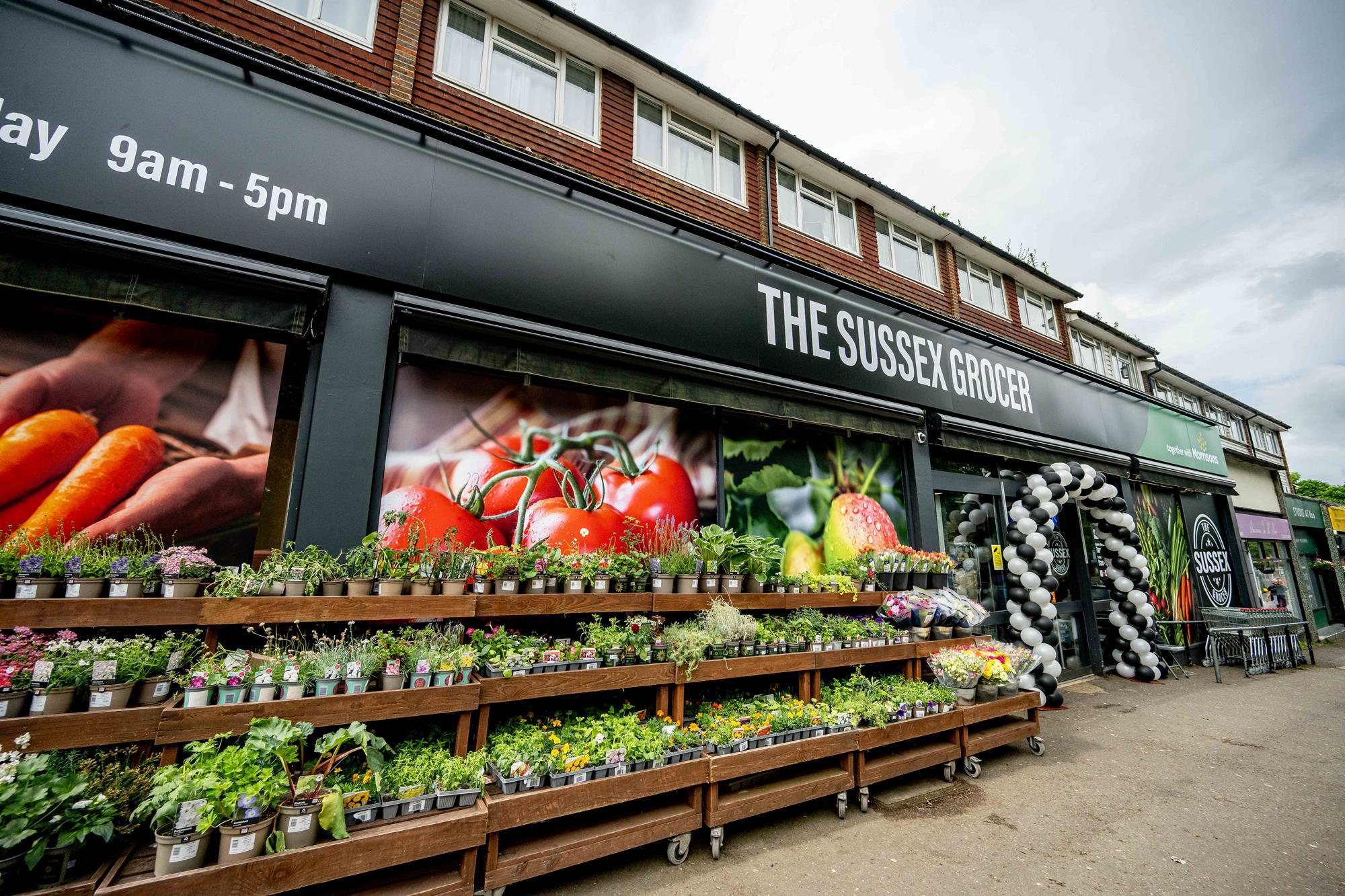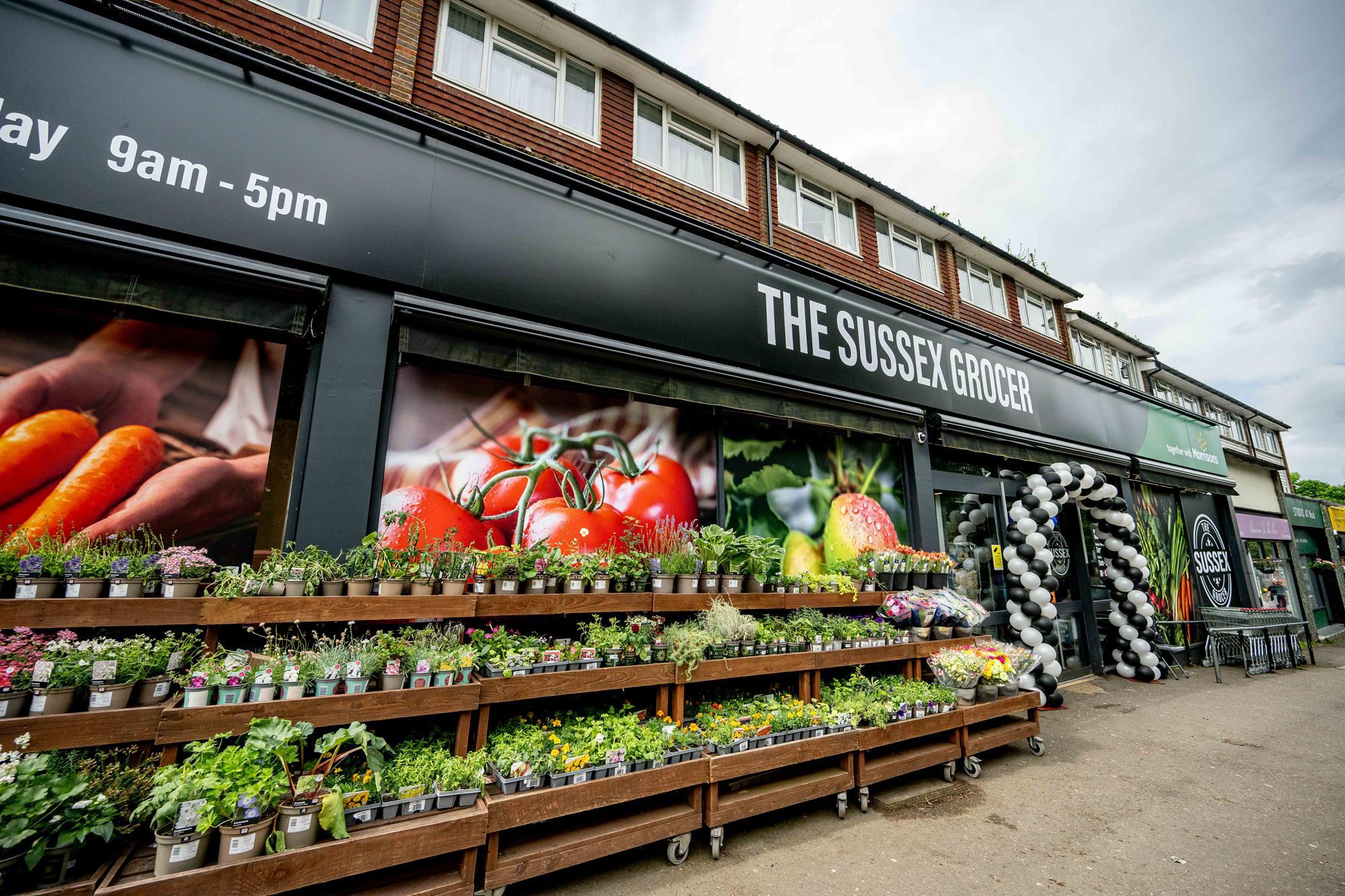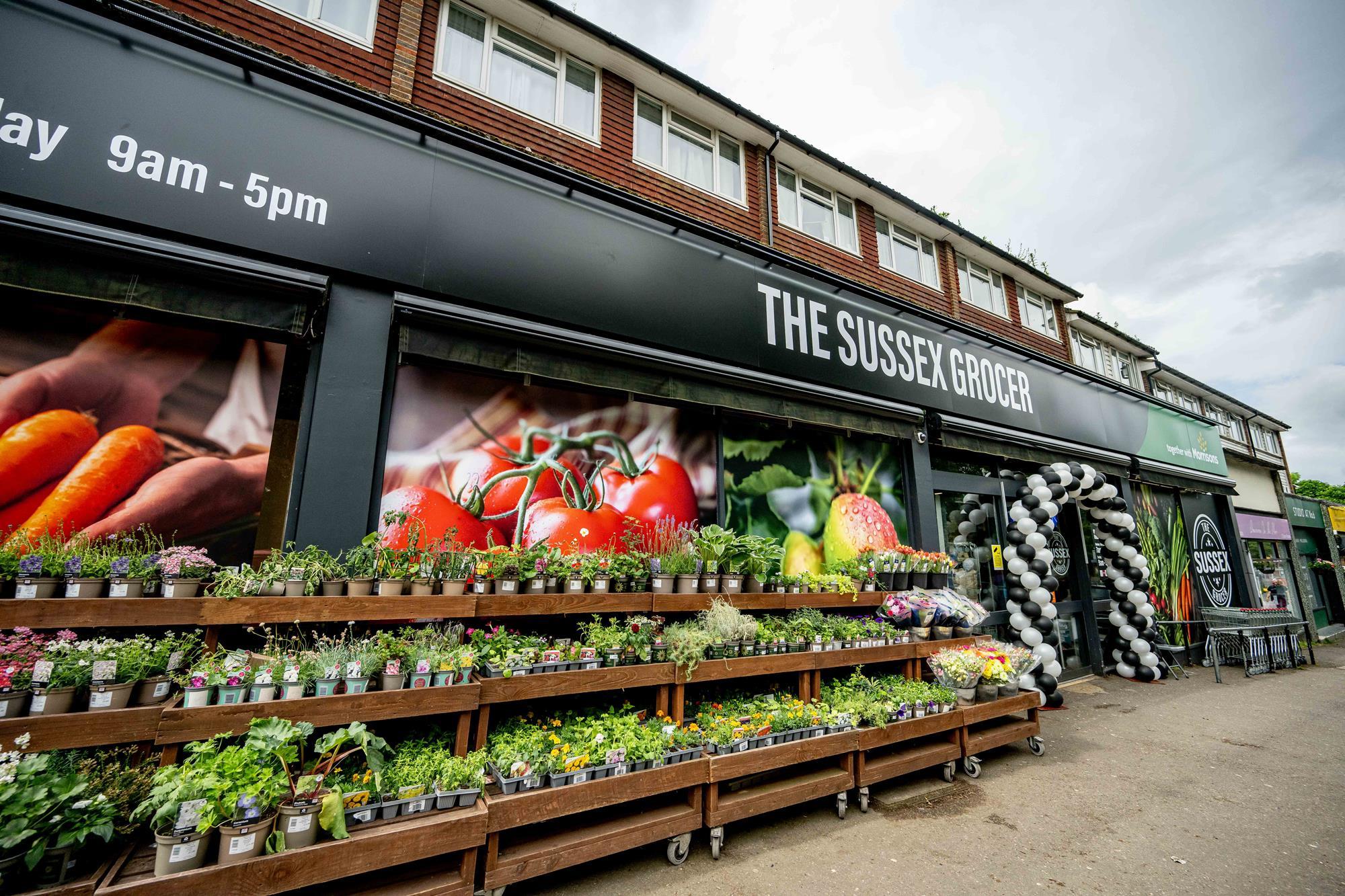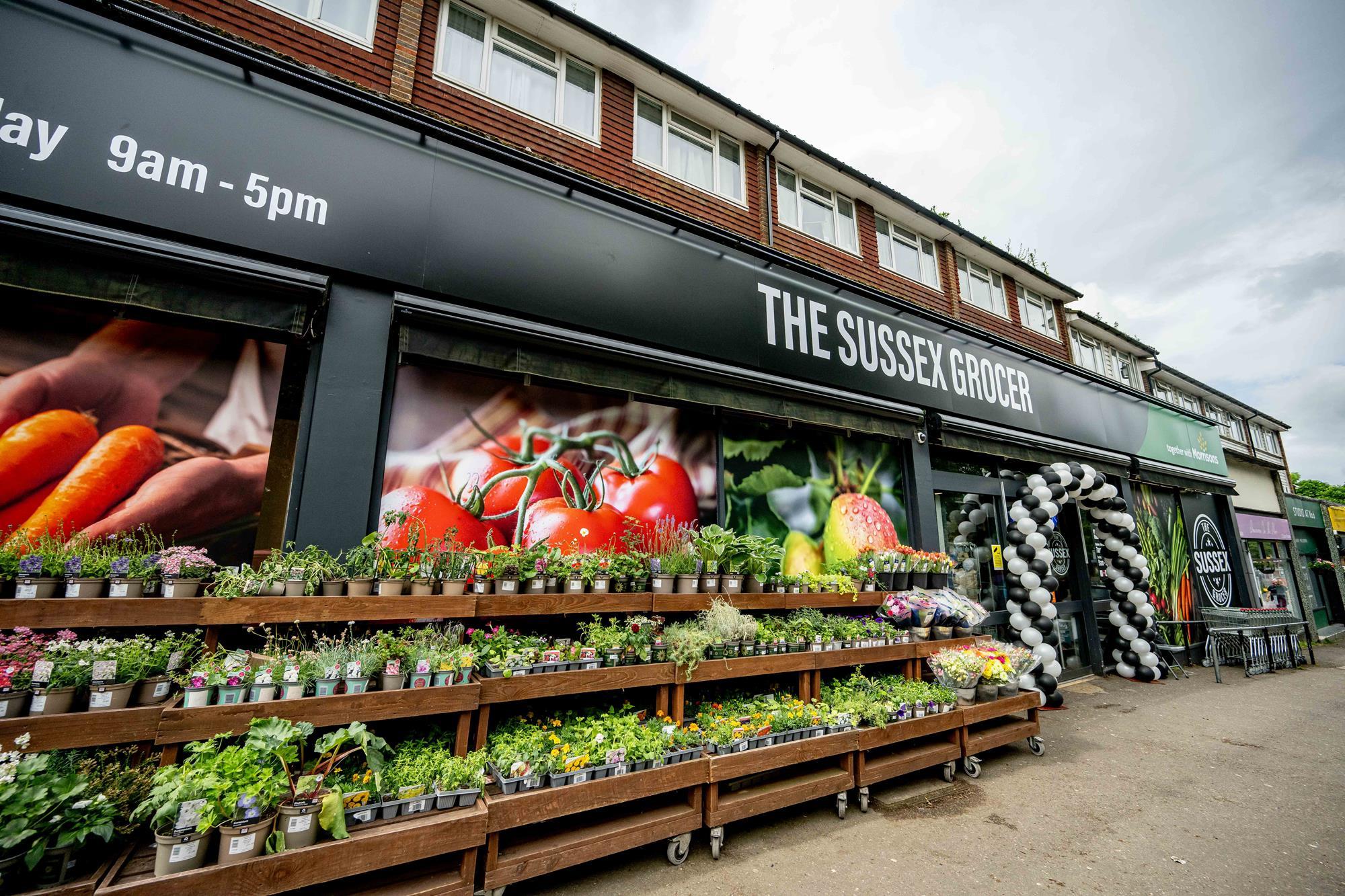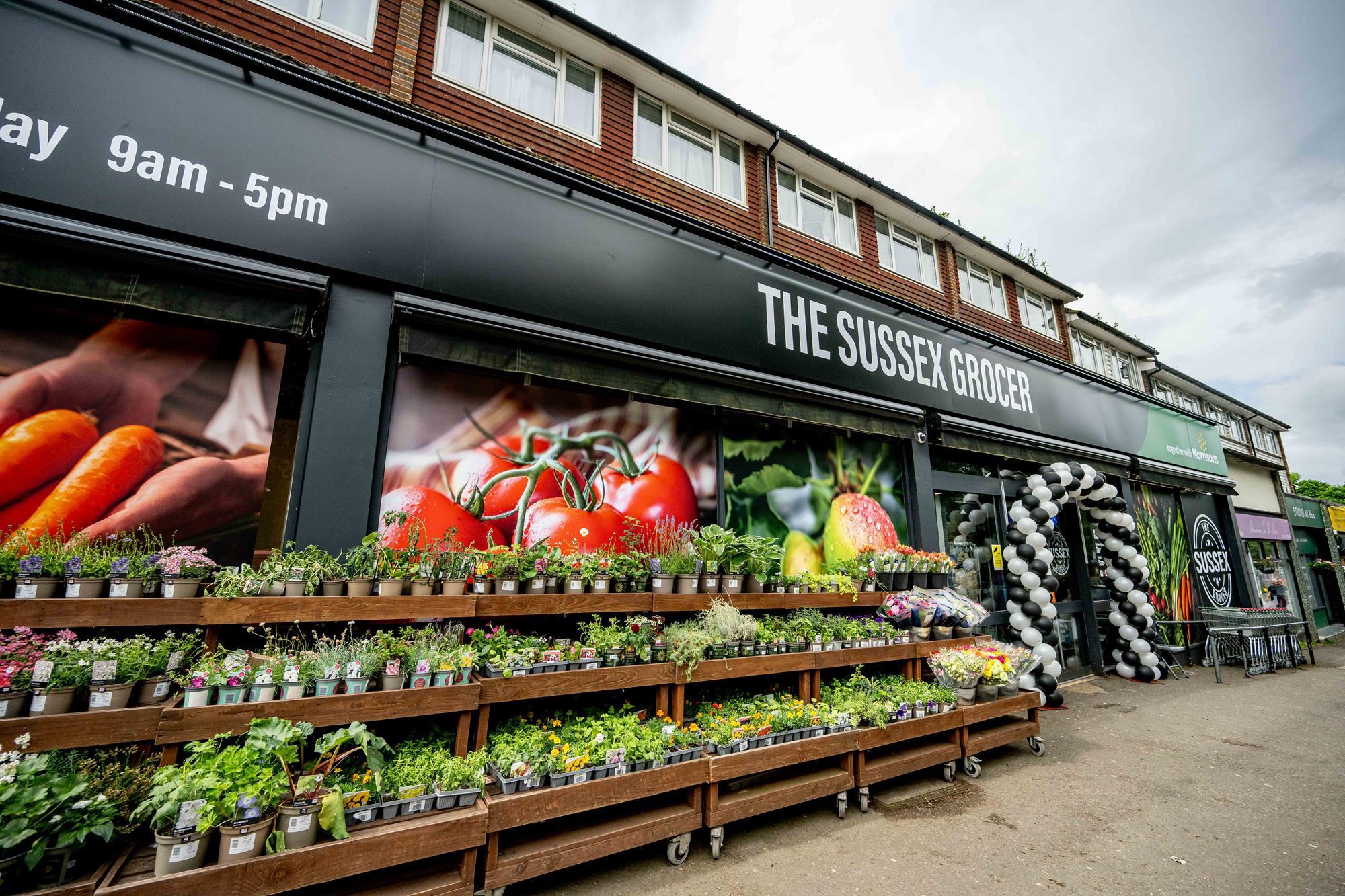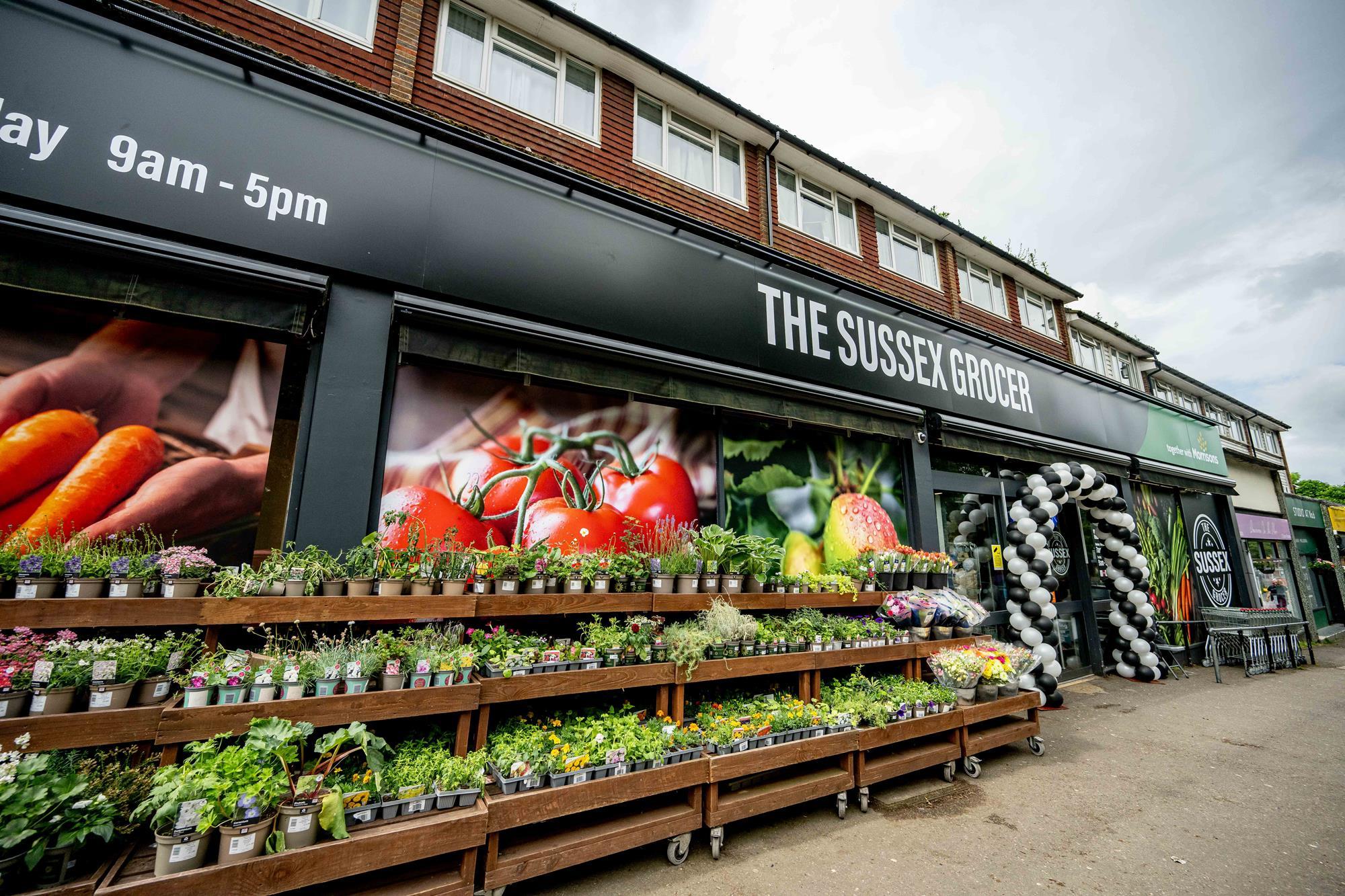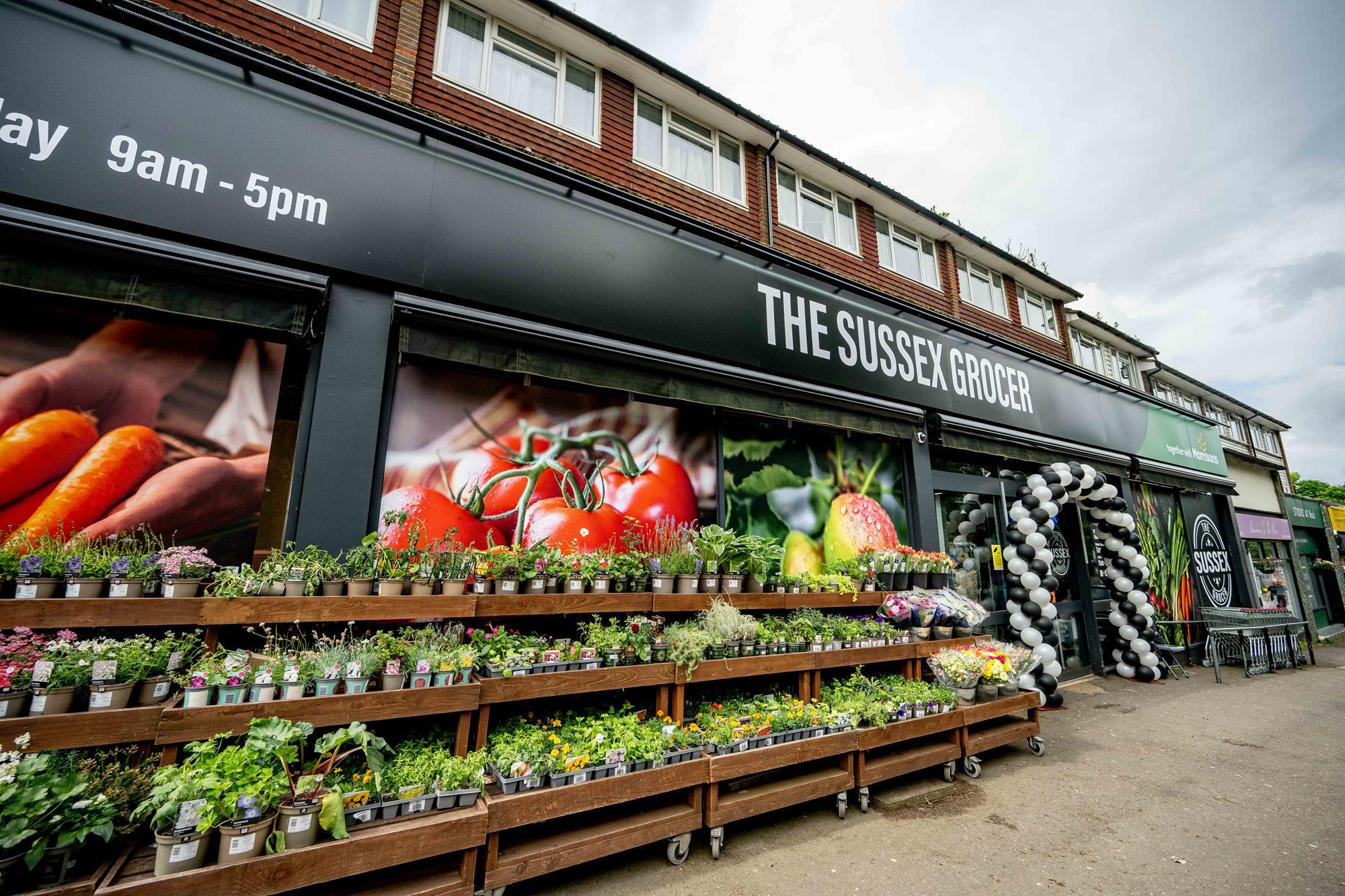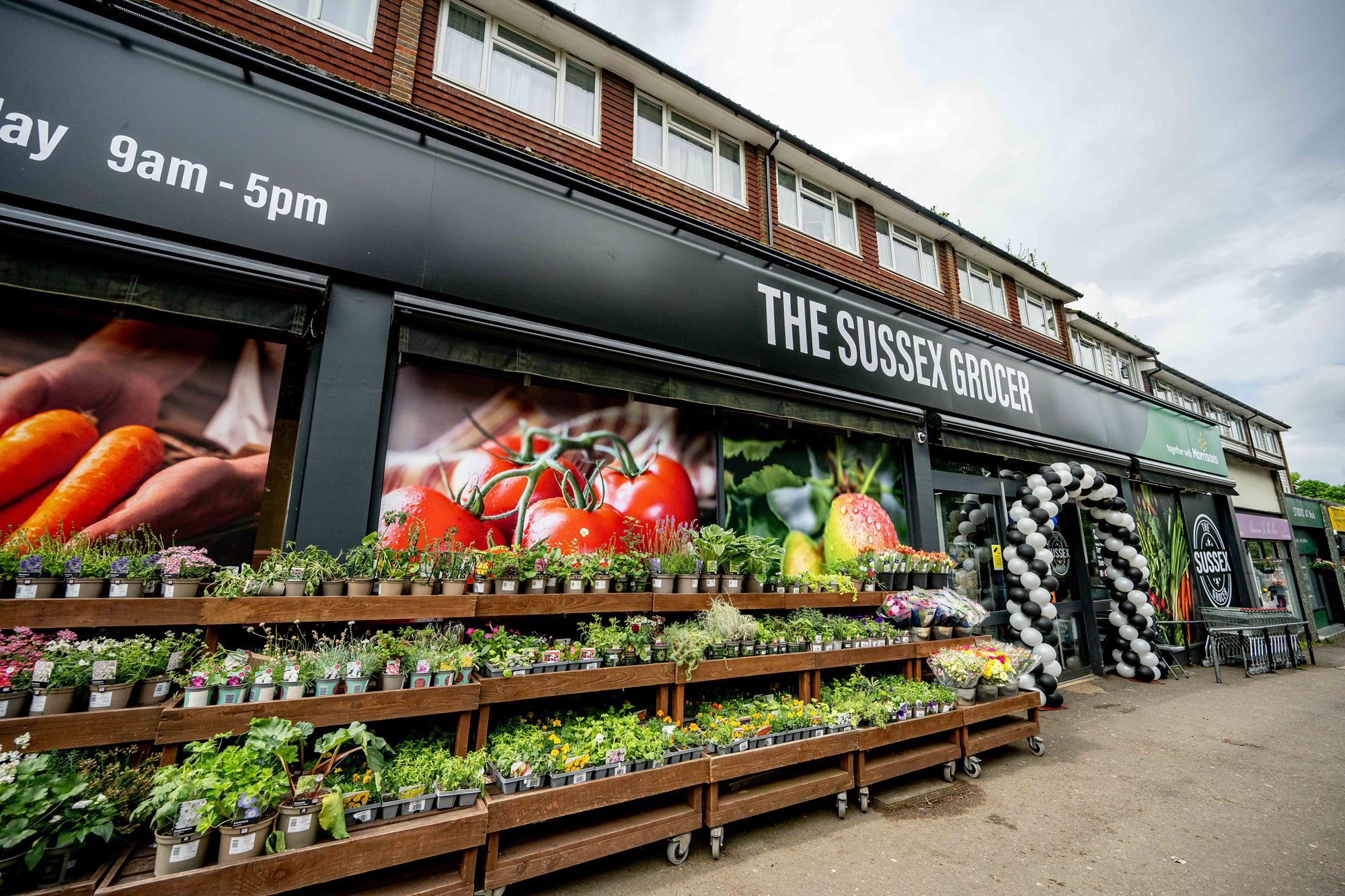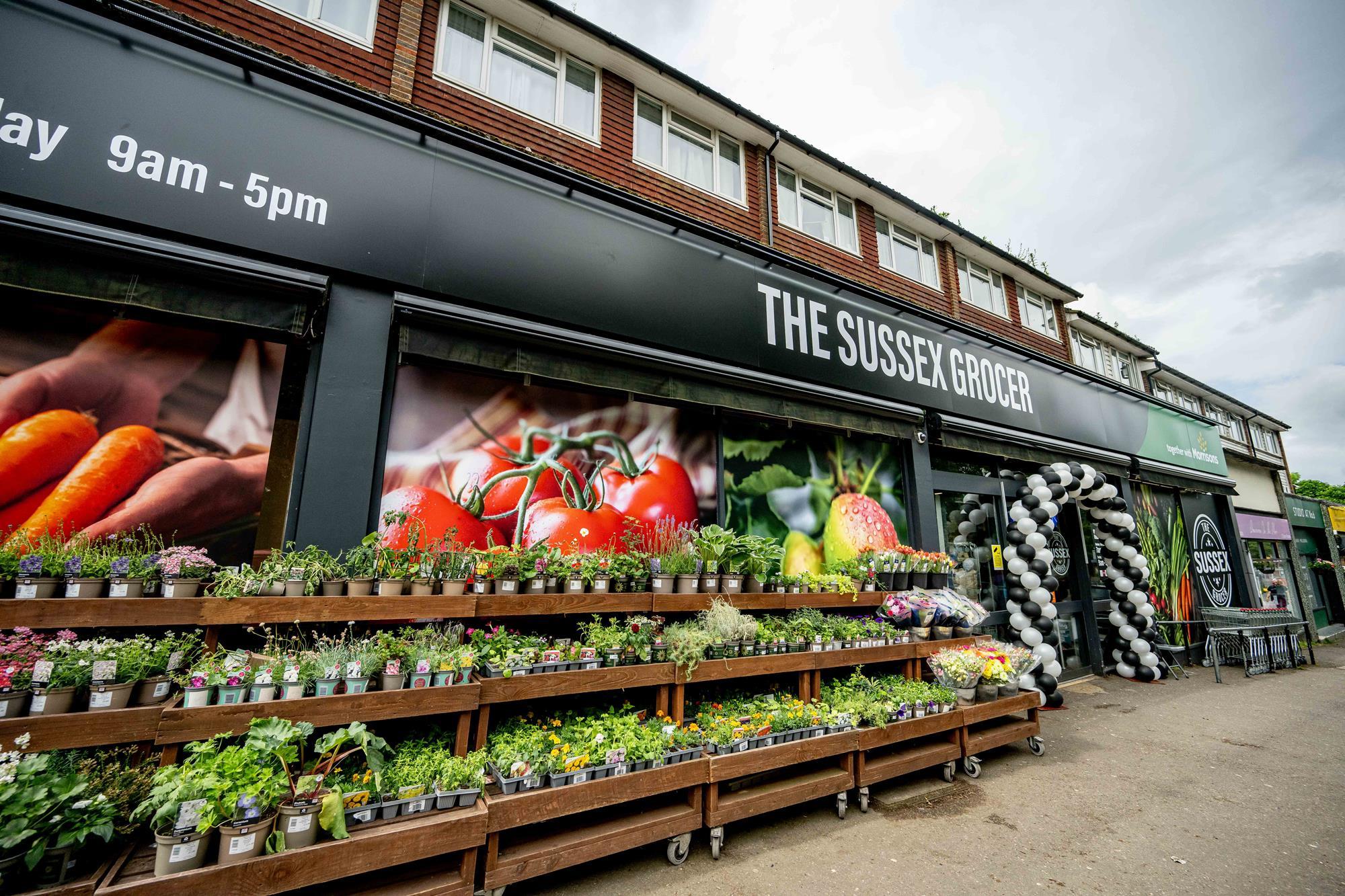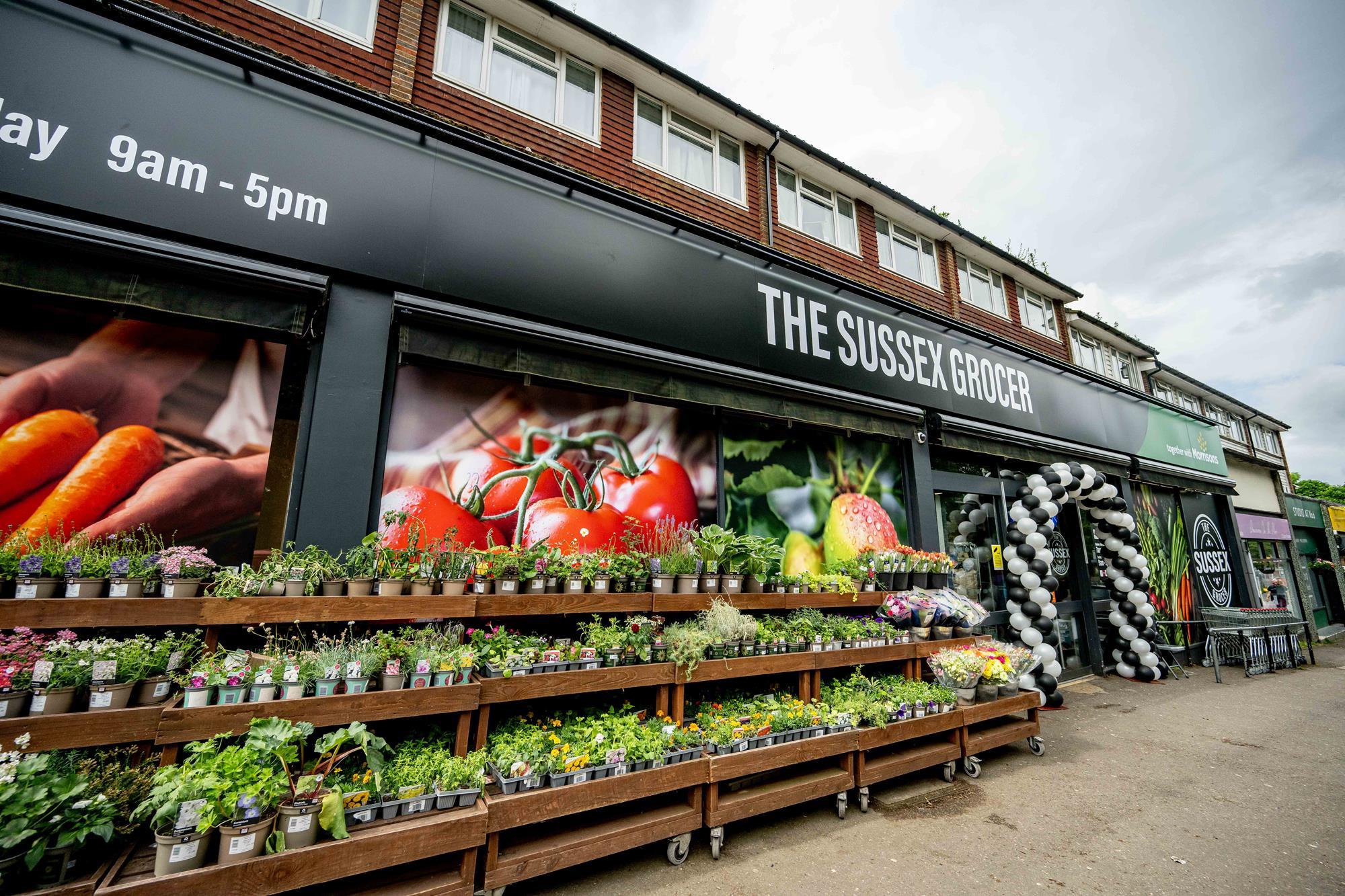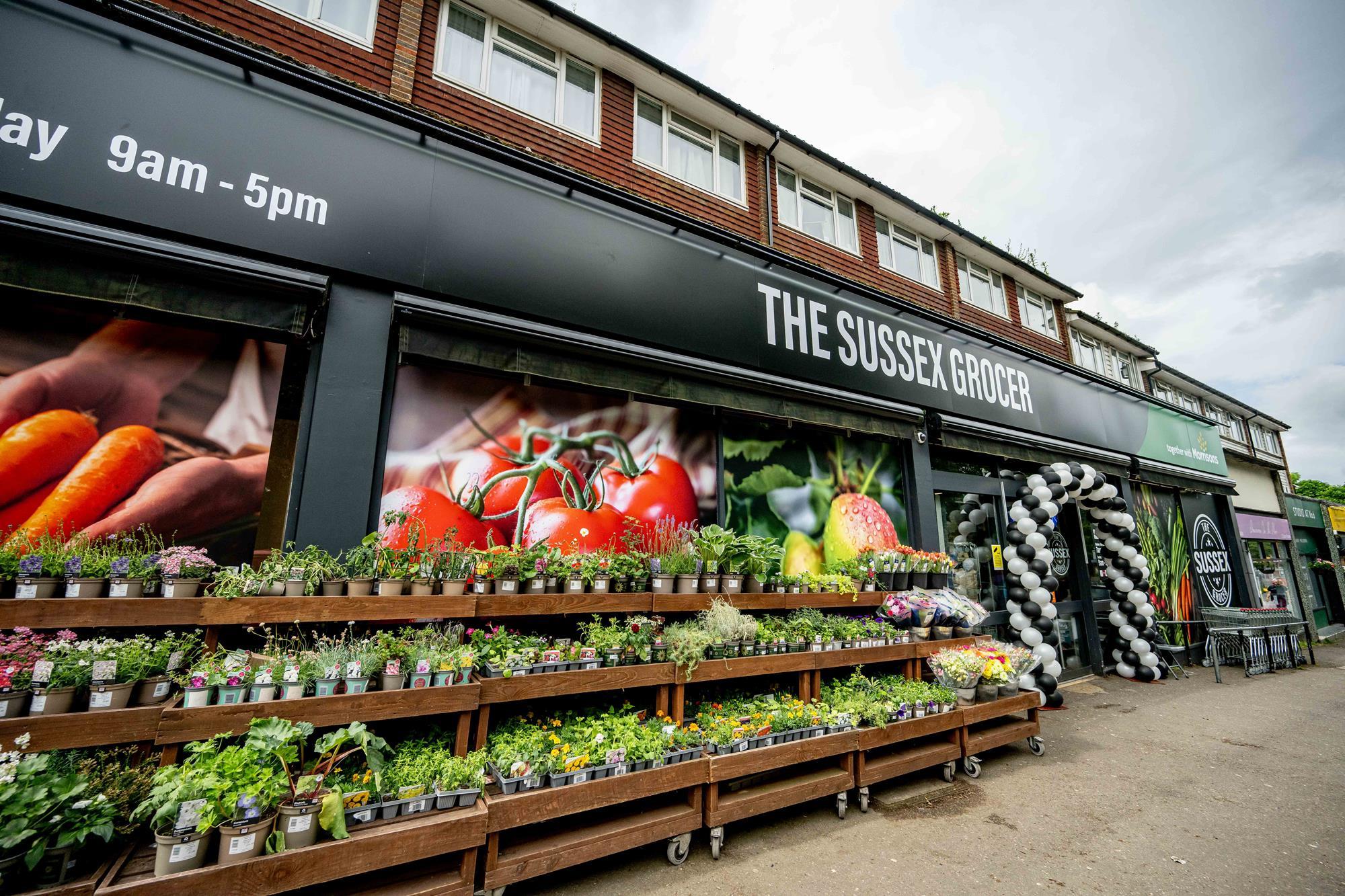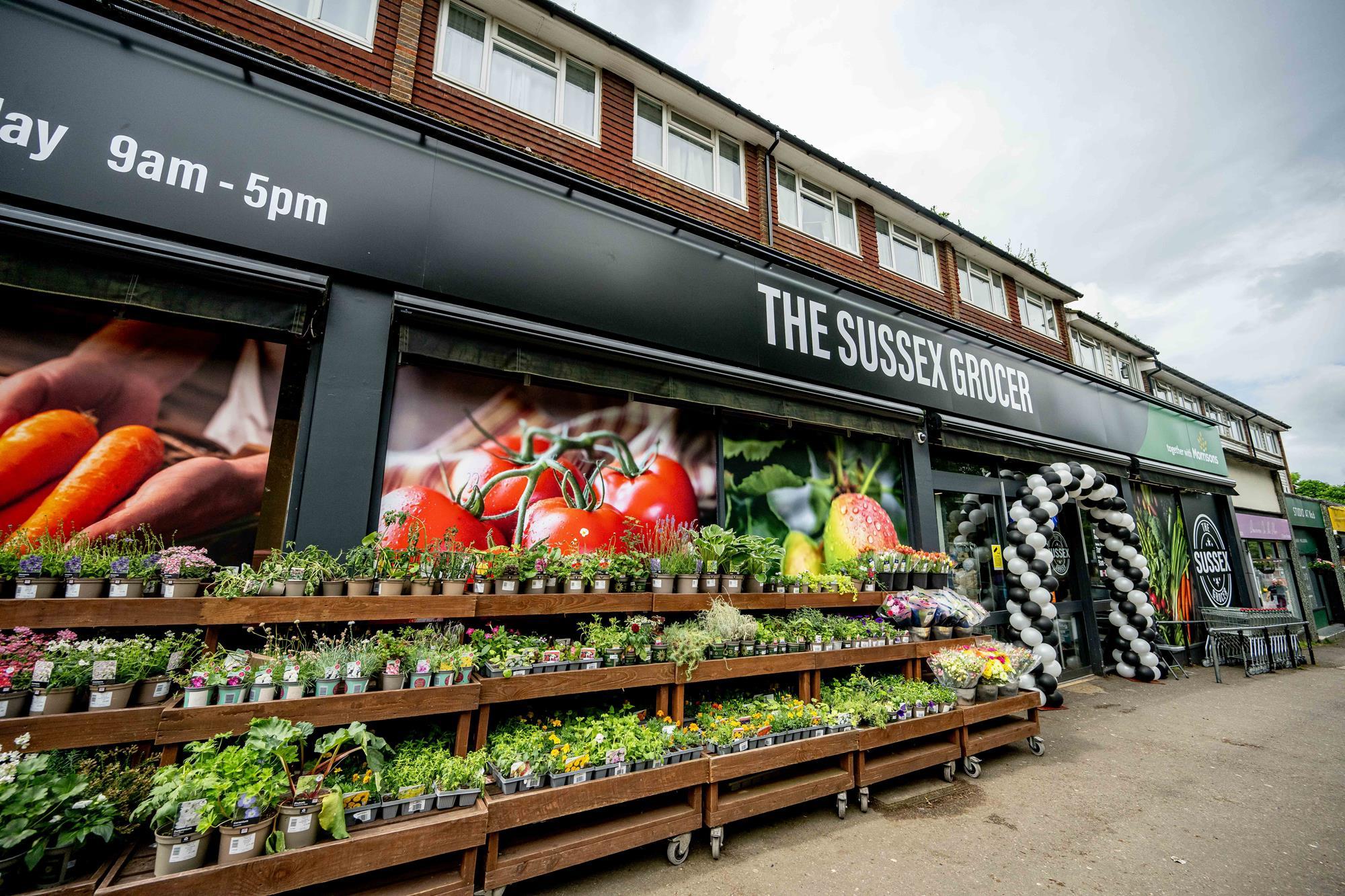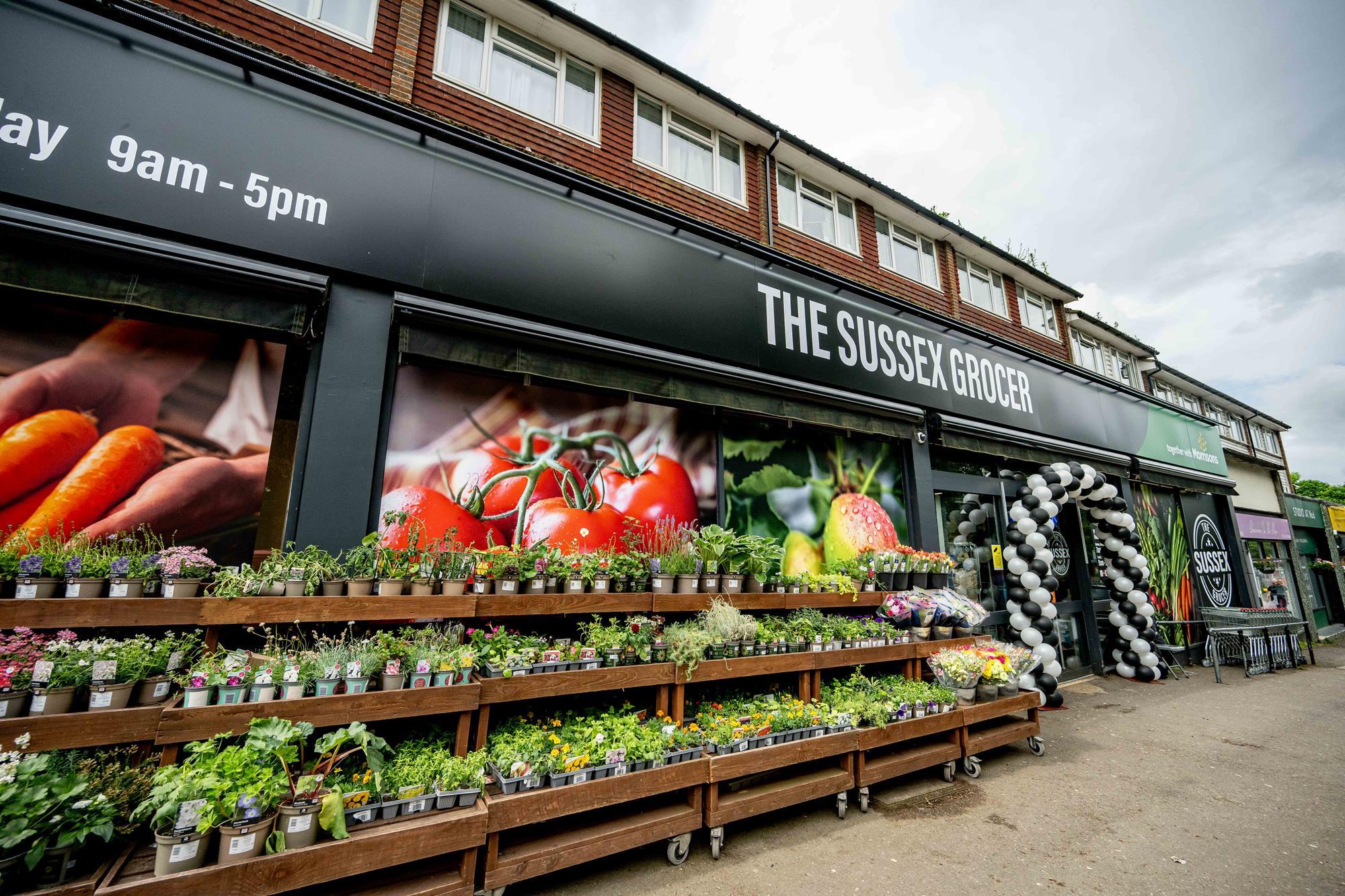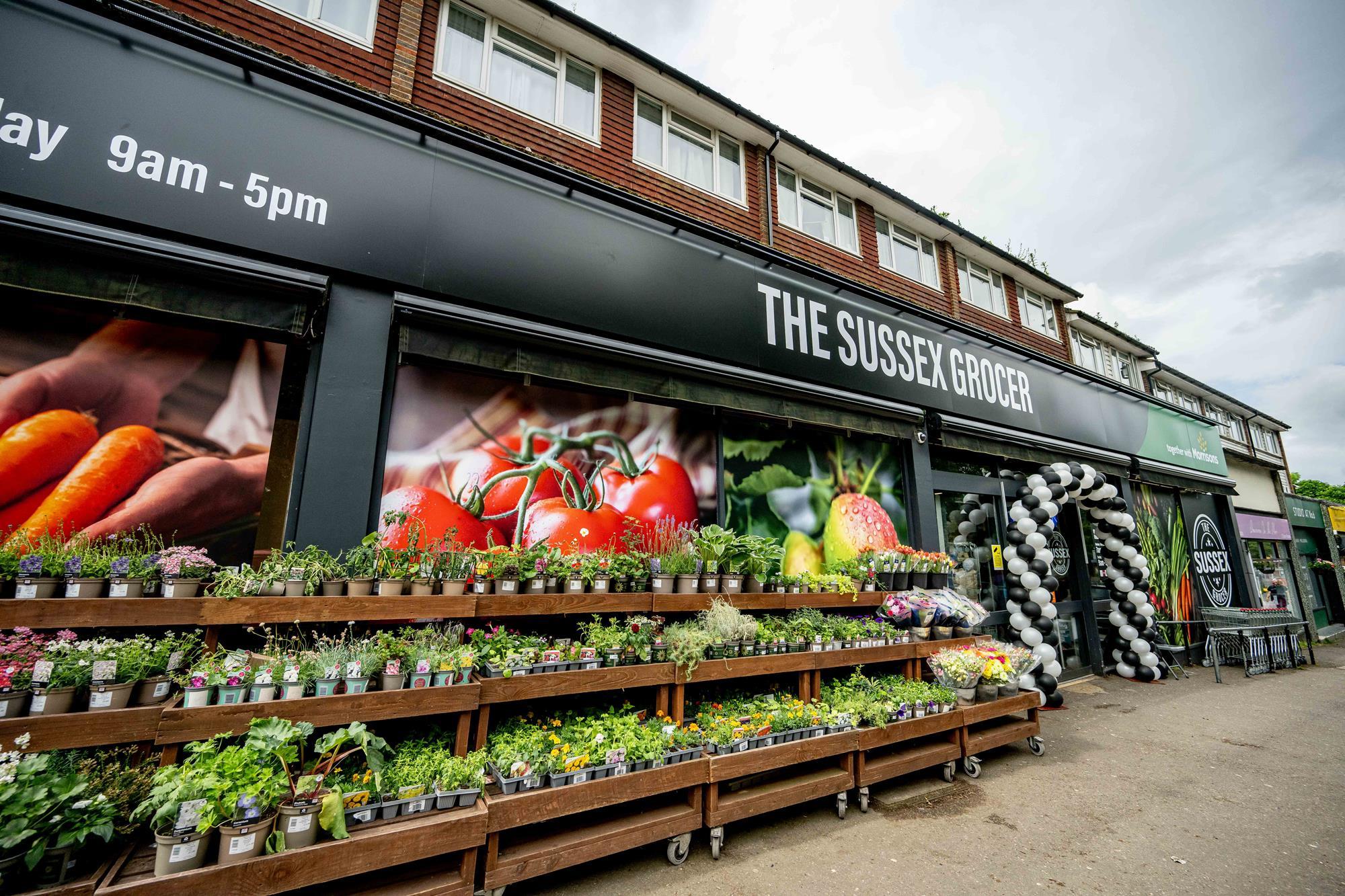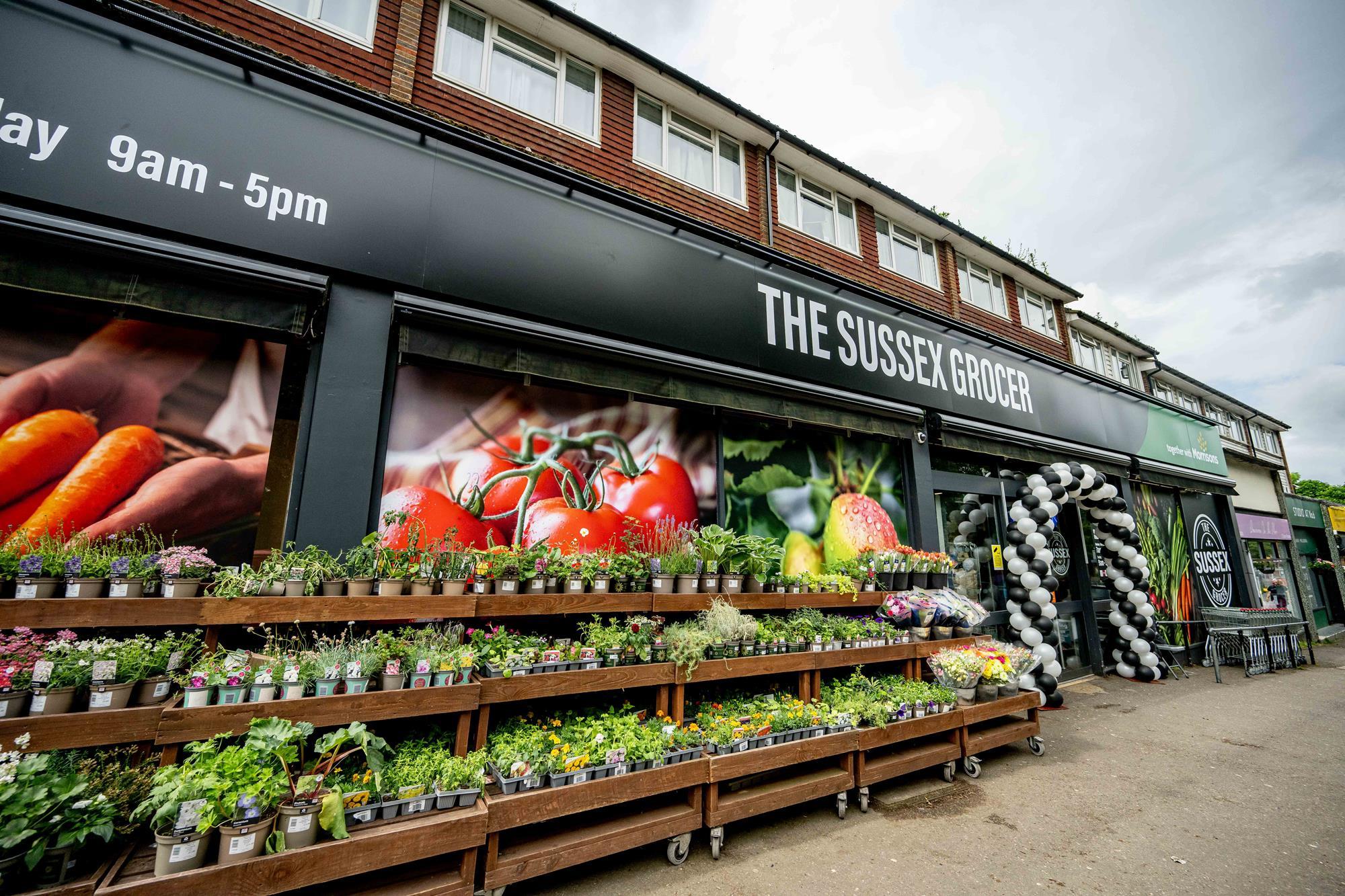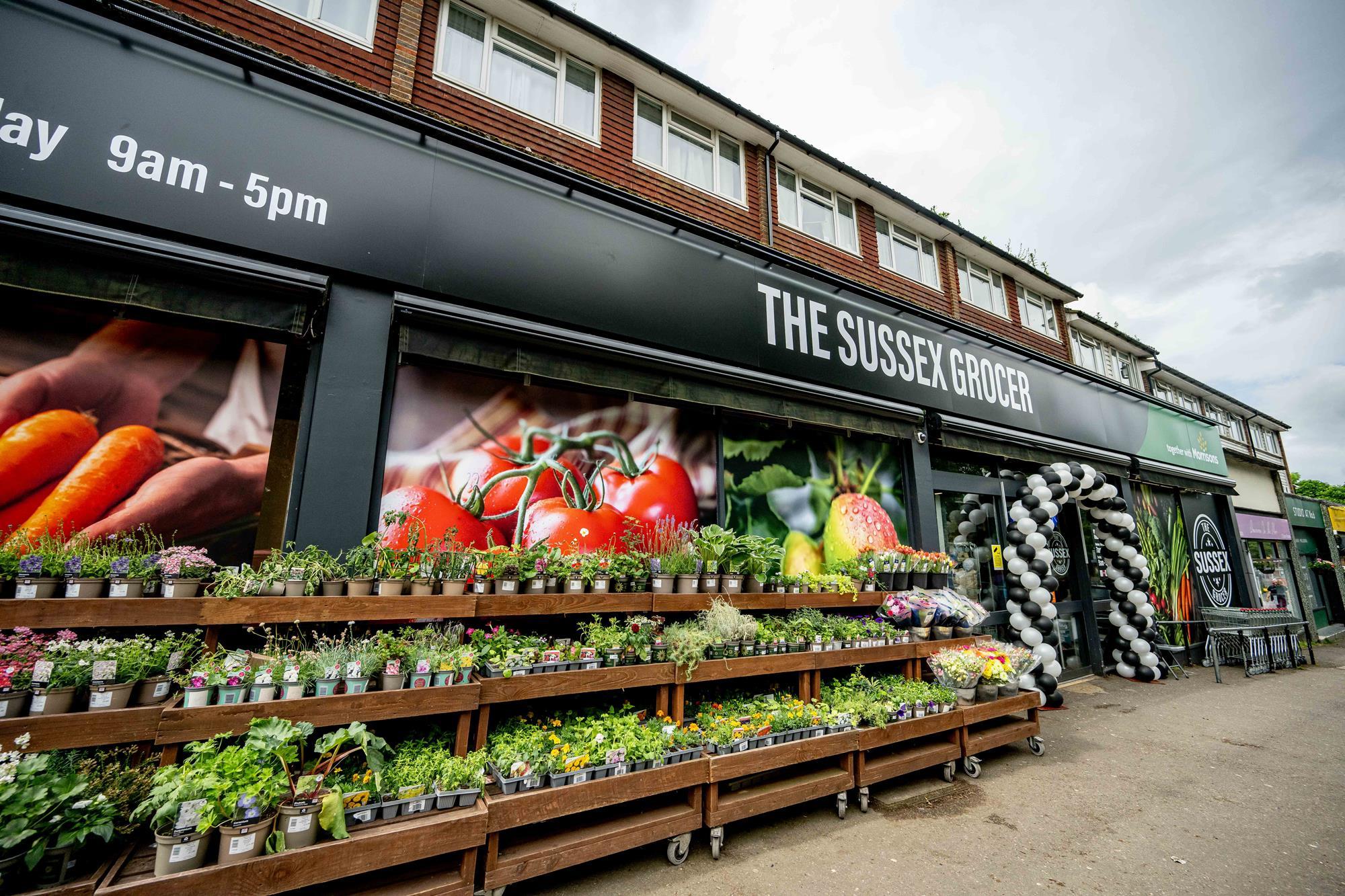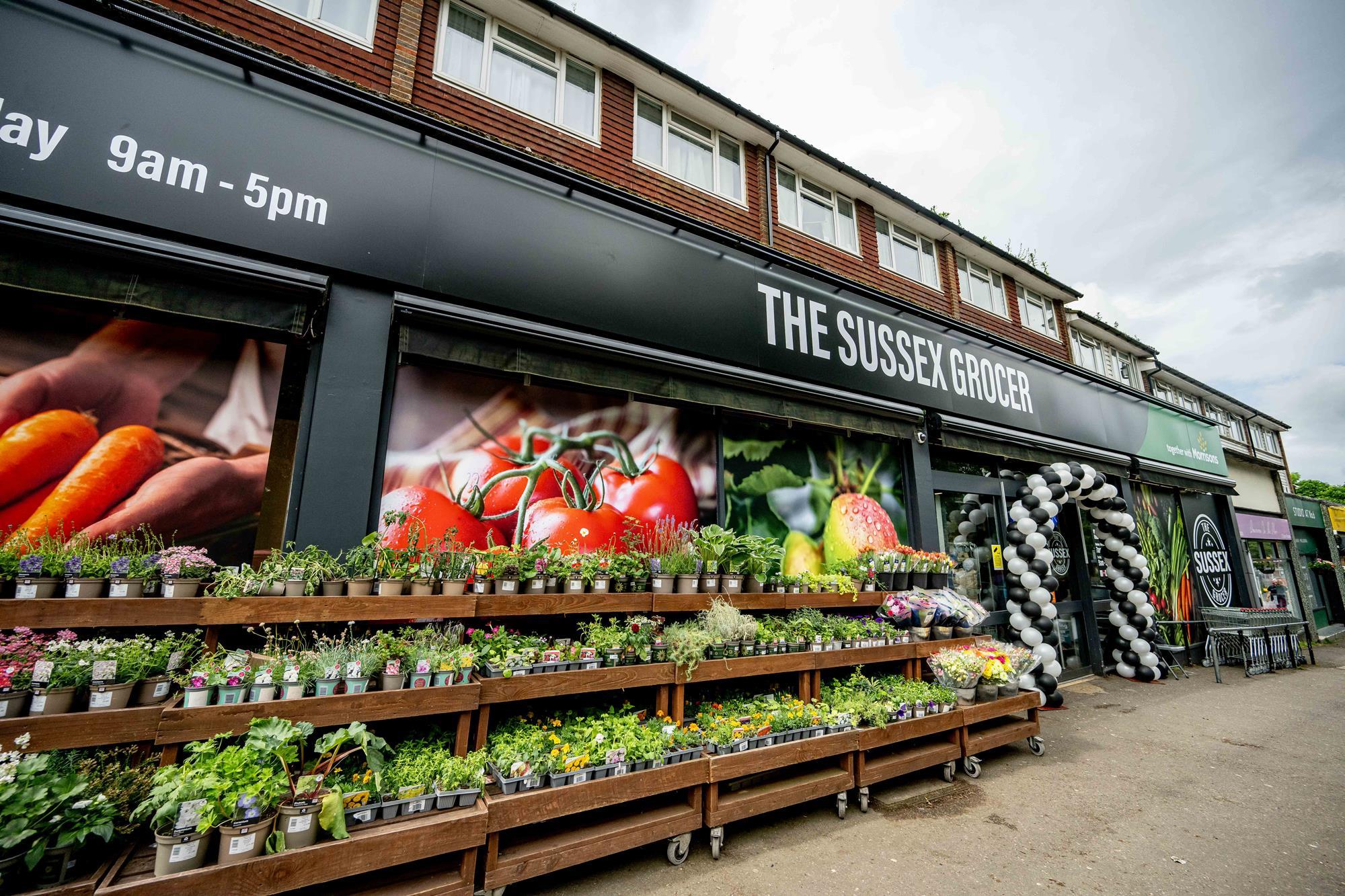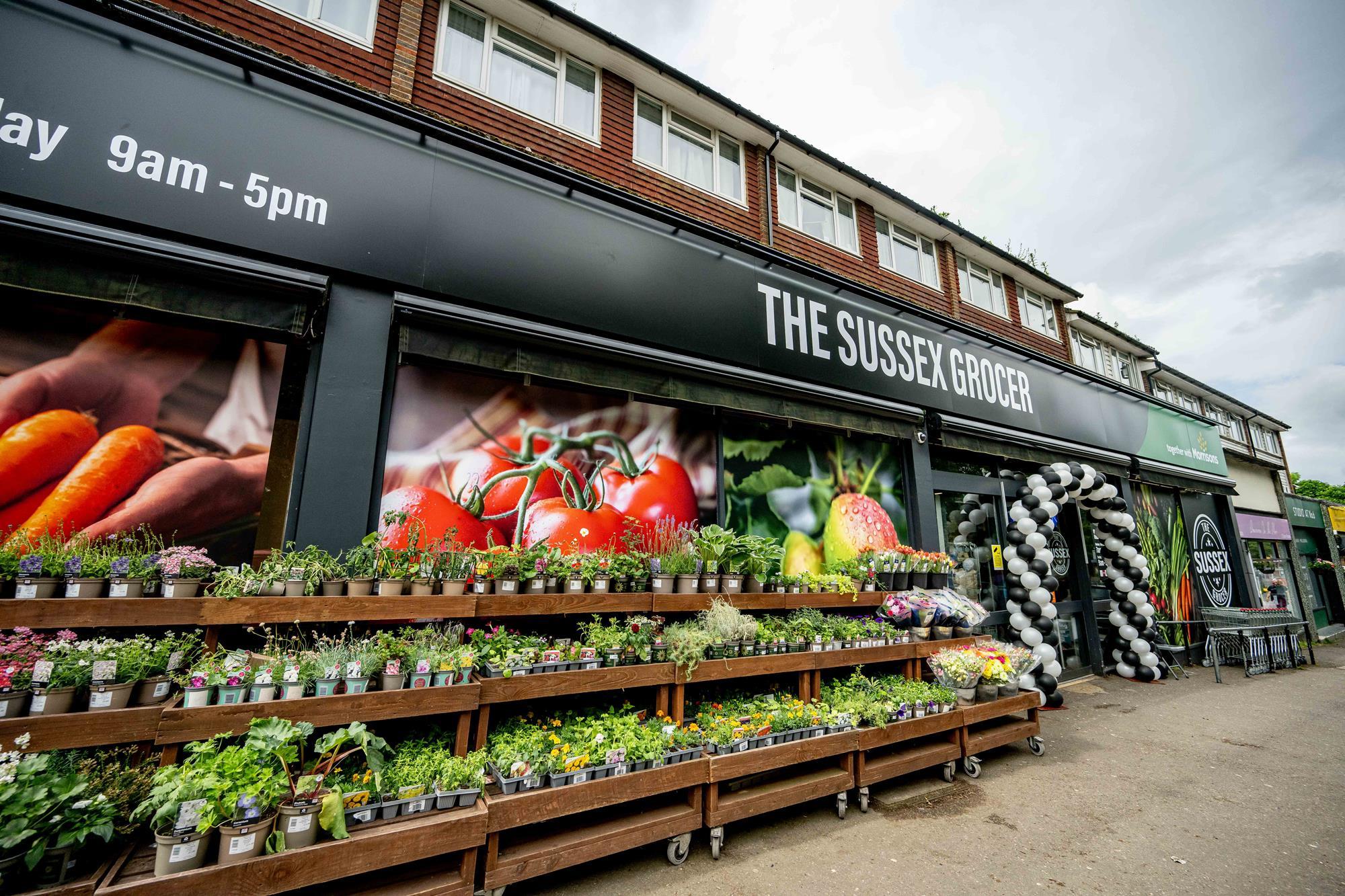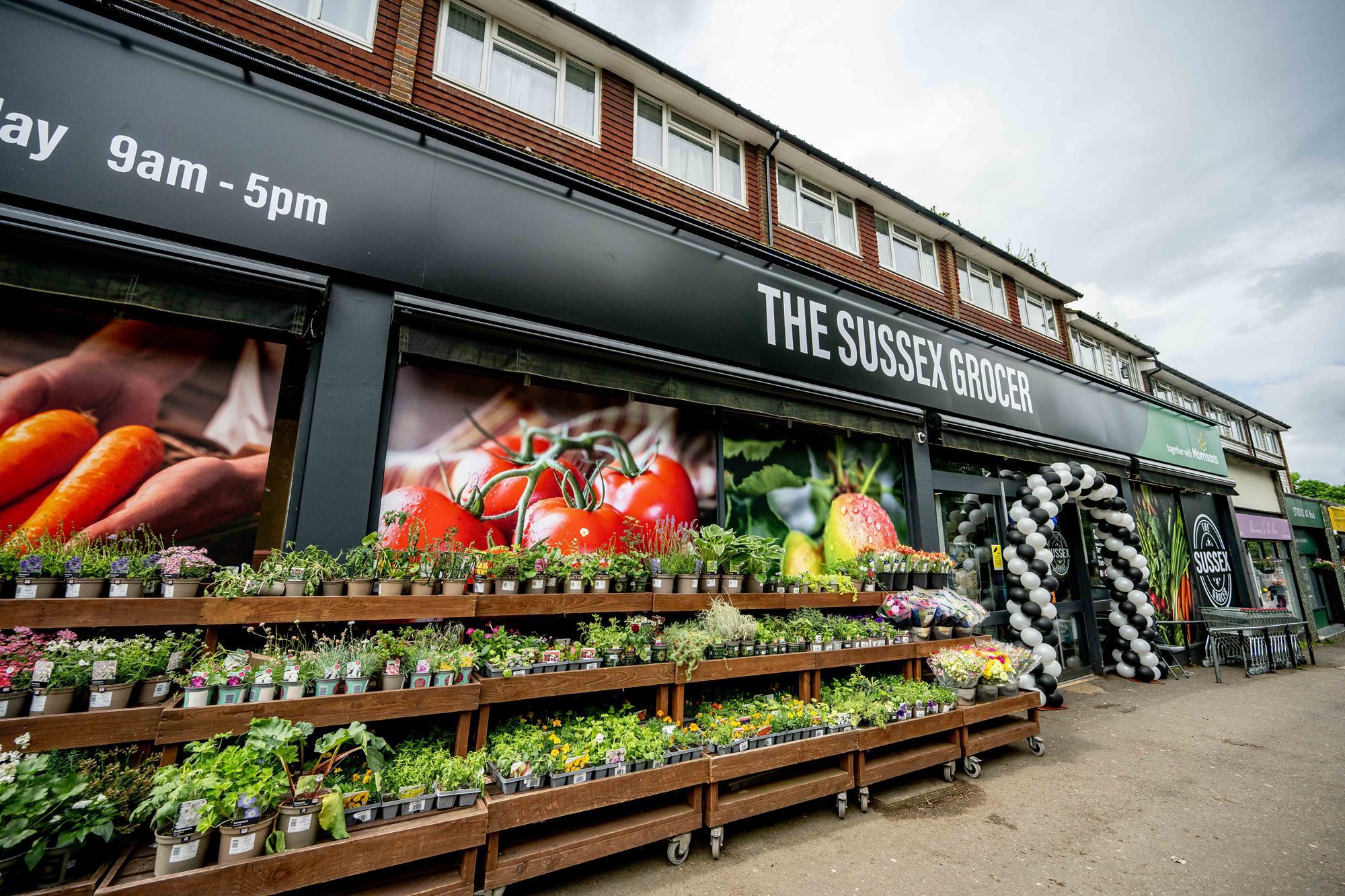Running a grocery store means dealing with countless daily challenges – from managing perishable inventory to ensuring customer satisfaction. But what happens when unexpected events force you to temporarily close your doors? Whether it's a fire, flood, equipment failure, or other covered incident, business interruption can devastate your revenue stream while expenses continue to mount.
Grocer Business Interruption Insurance provides crucial financial protection when your grocery store cannot operate normally due to covered events. This specialized coverage goes beyond standard property insurance, compensating you for lost income and helping cover ongoing expenses during the recovery period.
Understanding Grocer Business Interruption Insurance
Business interruption insurance for grocers is designed to replace lost income when your store cannot operate due to physical damage from covered perils. Unlike property insurance that covers physical assets, business interruption insurance protects your cash flow and helps maintain financial stability during forced closures.
This coverage typically activates when physical damage to your premises prevents normal business operations. The insurance calculates your lost profits based on historical financial records, projecting what you would have earned during the interruption period.
For grocery stores, this protection is particularly vital given the perishable nature of inventory, high customer expectations for consistent availability, and the significant fixed costs that continue even when doors are closed.
Key Coverage Components
Lost Income Protection
The primary benefit covers your projected gross earnings during the interruption period. This calculation considers your historical sales data, seasonal variations, and growth trends to determine fair compensation for lost revenue.
Continuing Expenses
Even when closed, your grocery store faces ongoing costs like rent, loan payments, utilities, insurance premiums, and key employee salaries. Business interruption insurance helps cover these fixed expenses, preventing financial strain during recovery.
Extra Expenses
This component covers additional costs incurred to minimize the interruption period or maintain operations. Examples include renting temporary refrigeration units, relocating to alternative premises, or expediting repairs and equipment replacement.
Extended Business Interruption
Some policies extend coverage beyond the physical restoration period, recognizing that customer traffic may take time to return to normal levels after reopening.
Common Scenarios Requiring Coverage
Refrigeration System Failures
Grocery stores depend heavily on refrigeration systems to maintain product quality and safety. When these systems fail due to covered events, the resulting spoilage can be catastrophic. Business interruption insurance helps replace lost income while you address the equipment failure and restock perishable inventory.
Fire Damage
Kitchen fires, electrical faults, or external fire spread can force extended closures. Beyond property damage, fire often triggers health department inspections, deep cleaning requirements, and extensive restoration work that keeps stores closed for weeks or months.
Flood and Water Damage
Whether from burst pipes, storm flooding, or sewage backups, water damage can contaminate inventory, damage flooring and fixtures, and create health hazards requiring professional remediation before reopening.
Power Outages
Extended power outages can spoil refrigerated and frozen inventory while preventing normal operations. Even brief outages may trigger food safety protocols requiring inventory disposal and thorough cleaning.
Equipment Breakdowns
Critical equipment failures – from cash register systems to freezer units – can halt operations until repairs or replacements are completed. For specialized equipment, lead times may extend closure periods significantly.
Supply Chain Disruptions
When suppliers' facilities suffer covered damage, your store may face inventory shortages that impact sales. Contingent business interruption coverage can help compensate for these indirect losses.
Industry-Specific Risks
Perishable Inventory Challenges
Grocery stores face unique risks due to extensive perishable inventory. Temperature fluctuations, power outages, or contamination events can require disposing of entire product categories, creating immediate revenue loss and restocking costs.
Food Safety Regulations
Health department requirements may extend closure periods beyond physical repairs. Contamination events often trigger extensive cleaning protocols, testing procedures, and regulatory approvals before reopening is permitted.
Customer Traffic Patterns
Grocery shopping habits are often location-specific and routine-based. Extended closures can permanently shift customer loyalty to competitors, making recovery more challenging than other retail sectors.
Seasonal Considerations
Holiday periods, back-to-school seasons, and summer months often represent peak sales periods for grocers. Interruptions during these crucial times can have disproportionate financial impacts.
Calculating Coverage Needs
Historical Financial Analysis
Proper coverage calculation requires analyzing at least 12-24 months of financial records to understand seasonal patterns, growth trends, and profit margins. This data forms the baseline for determining adequate coverage limits.
Fixed Cost Assessment
Identify all expenses that continue during closure periods, including rent, insurance, loan payments, key employee salaries, and minimum utility costs. These ongoing expenses should be fully covered by your policy.
Peak Season Protection
Ensure coverage limits account for seasonal sales variations. If interruption occurs during peak periods, standard calculations based on average sales may prove inadequate.
Growth Projections
For expanding businesses, consider trend factors that adjust coverage for projected growth, ensuring protection reflects your store's current earning capacity rather than historical averages.
Policy Exclusions and Limitations
Waiting Periods
Most policies include waiting periods (typically 24-72 hours) before coverage begins. This means brief interruptions may not trigger benefits, though some insurers offer reduced waiting periods for specific perils.
Maximum Indemnity Periods
Policies typically limit coverage to 12-24 months, though some offer extended periods. Ensure your selected period allows sufficient time for complete recovery and customer base restoration.
Excluded Perils
Standard exclusions often include floods (requiring separate coverage), earthquakes, war, terrorism, and government-ordered closures (though pandemic-related endorsements may be available).
Utility Interruptions
Coverage for utility service interruptions may be limited or excluded unless the interruption results from physical damage to your premises or the utility's facilities.
Enhancing Your Coverage
Contingent Business Interruption
This extension covers losses when suppliers, major customers, or key service providers suffer covered damage that impacts your operations. For grocers dependent on specific suppliers, this coverage is particularly valuable.
Civil Authority Coverage
When government authorities restrict access to your premises due to nearby incidents, this coverage compensates for resulting lost income even when your property remains undamaged.
Extra Expense Enhancements
Consider broader extra expense coverage that includes costs for temporary locations, expedited shipping, overtime labor, and emergency equipment rental to minimize interruption periods.
Spoilage Coverage
Specialized coverage for inventory spoilage due to equipment breakdown, power outages, or contamination can supplement business interruption protection by covering direct inventory losses.
Claims Process and Documentation
Immediate Response Steps
When interruption occurs, immediately notify your insurer and begin documenting all impacts. Photograph damage, preserve damaged inventory for inspection, and maintain detailed records of all expenses and lost sales.
Financial Documentation
Gather historical financial records, including profit and loss statements, tax returns, sales reports, and expense documentation. These records are crucial for establishing your loss calculation baseline.
Mitigation Efforts
Document all reasonable efforts to minimize the interruption period and maintain customer relationships. Insurers expect policyholders to take reasonable steps to reduce losses.
Professional Assistance
Consider engaging public adjusters or forensic accountants familiar with business interruption claims. Their expertise can help ensure proper documentation and maximize recovery.
Risk Management Strategies
Preventive Maintenance Programs
Regular maintenance of critical systems like refrigeration, electrical, and HVAC equipment can prevent many common causes of business interruption. Document these programs to potentially qualify for premium discounts.
Emergency Response Planning
Develop comprehensive emergency procedures covering various scenarios. Include vendor contacts for emergency services, alternative supplier arrangements, and communication plans for employees and customers.
Backup Systems
Invest in backup power systems, redundant refrigeration capacity, and alternative communication methods to minimize interruption impacts when primary systems fail.
Supply Chain Diversification
Maintain relationships with multiple suppliers to reduce dependency on single sources. This diversification can help maintain operations when individual suppliers face disruptions.
Cost Considerations
Premium Factors
Business interruption insurance premiums depend on your coverage limits, business size, industry risks, location, and claims history. Grocers may face higher premiums due to perishable inventory risks and regulatory requirements.
Deductible Options
Higher deductibles can reduce premiums but increase out-of-pocket costs during claims. Consider your cash flow capacity when selecting deductible levels.
Coverage Limits
Adequate limits are crucial but should balance protection needs with premium costs. Under-insurance can be devastating, while over-insurance wastes premium dollars.
Bundle Opportunities
Many insurers offer package policies combining property, general liability, and business interruption coverage, potentially reducing overall costs while ensuring coverage coordination.
Choosing the Right Insurer
Industry Experience
Select insurers with specific experience in grocery store risks. They better understand your unique challenges and can provide more appropriate coverage options and claims handling.
Claims Handling Reputation
Research insurers' claims handling practices, particularly for business interruption claims which can be complex and contentious. Fast, fair claims resolution is crucial for business survival.
Coverage Flexibility
Look for insurers offering customizable coverage options that can adapt to your specific risks and business model. Standard policies may not address all grocery store exposures.
Risk Management Support
Many insurers provide risk management services, including safety inspections, training programs, and loss prevention resources that can help reduce your overall risk profile.
Regulatory Considerations
Health Department Requirements
Understand how health department regulations might extend closure periods beyond physical repairs. Some policies may not fully account for regulatory approval processes.
Food Safety Compliance
Ensure your coverage addresses costs associated with food safety compliance, including testing, cleaning, and certification requirements following contamination events.
Licensing and Permits
Consider coverage for costs associated with renewing licenses or permits that may be affected by extended closures or relocations.
Future Trends and Considerations
Technology Dependencies
Modern grocery stores increasingly depend on technology systems for operations. Ensure coverage addresses cyber-related interruptions and system failures that can halt operations.
Supply Chain Vulnerabilities
Recent global events have highlighted supply chain fragility. Consider enhanced contingent business interruption coverage as supply chains become more complex and vulnerable.
Climate Change Impacts
Increasing severe weather events may affect both direct operations and supply chains. Review coverage adequacy for weather-related risks in your area.
Pandemic Preparedness
While traditional business interruption policies exclude pandemics, consider available endorsements or separate coverage for government-ordered closures related to public health emergencies.
Conclusion
Grocer Business Interruption Insurance is not just an optional coverage – it's essential protection for any grocery store operation. The combination of perishable inventory, regulatory requirements, and customer dependency makes grocers particularly vulnerable to interruption losses.
The key to effective protection lies in understanding your specific risks, calculating appropriate coverage limits, and working with experienced insurers who understand grocery store operations. Don't wait until disaster strikes to discover coverage gaps or inadequate limits.
Regular policy reviews ensure your coverage keeps pace with business growth and changing risks. As your grocery store evolves, your business interruption protection should evolve with it.
Remember that the goal isn't just surviving an interruption – it's maintaining the financial strength to rebuild, restock, and recapture your customer base. Proper business interruption insurance provides the foundation for that recovery.
For expert guidance on protecting your grocery store with appropriate Business Interruption Insurance, contact Insure24 at 0330 127 2333. Our specialists understand the unique challenges facing grocery store operators and can help design coverage that protects your business when operations must cease.


 0330 127 2333
0330 127 2333
